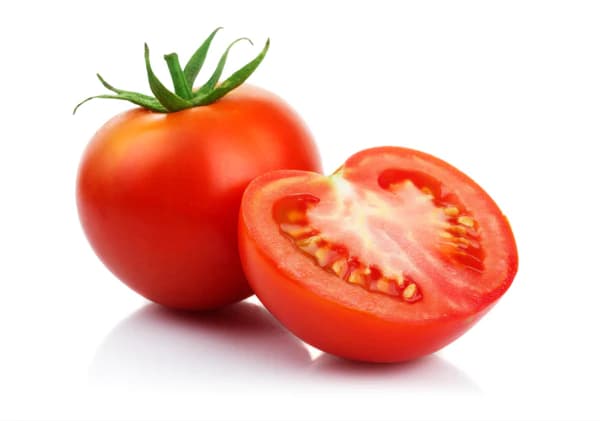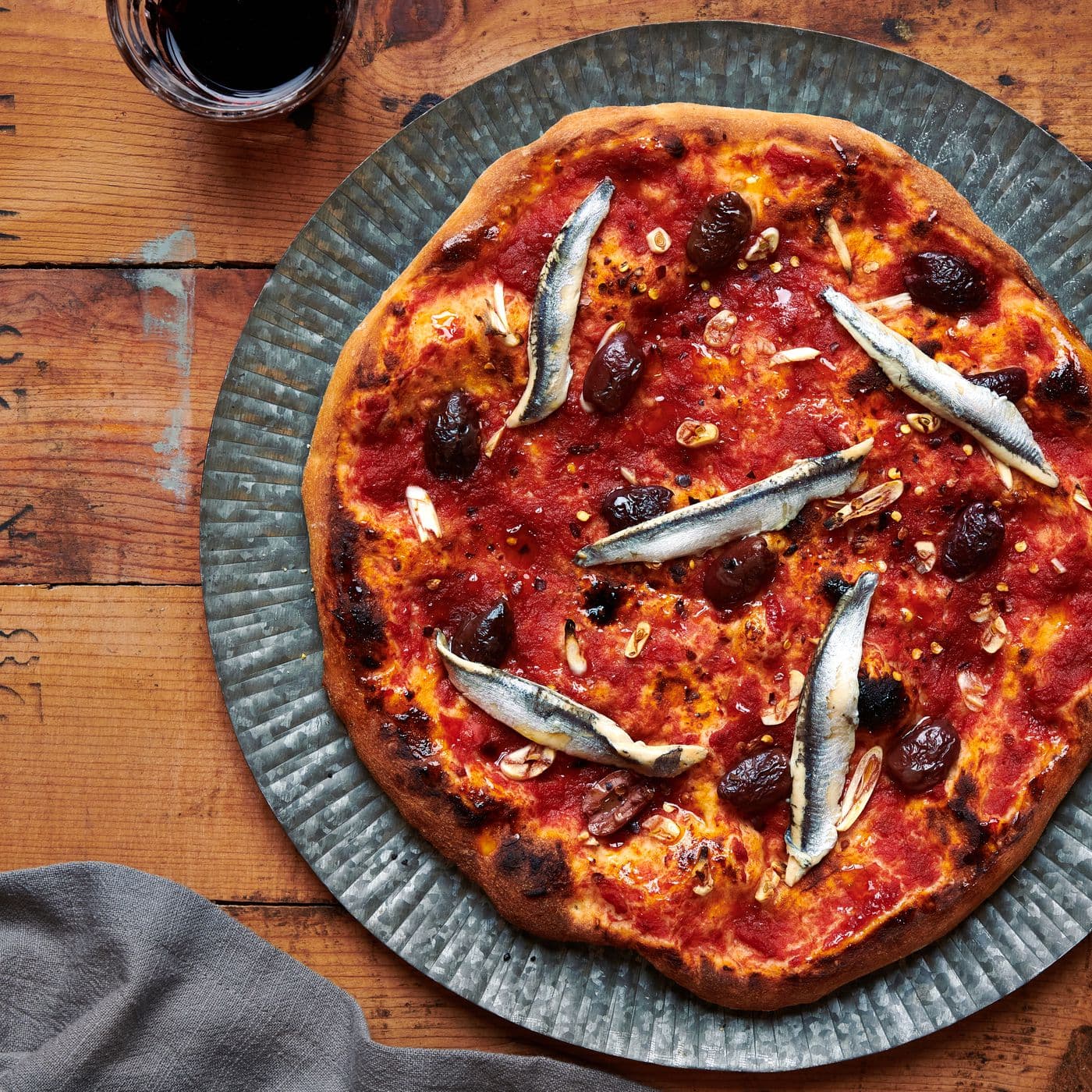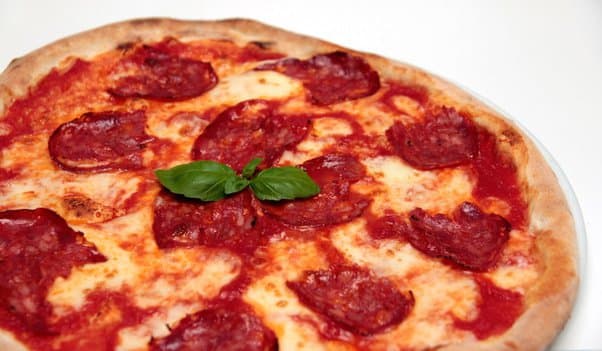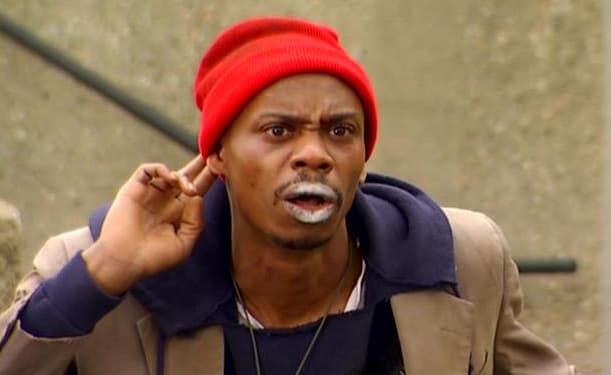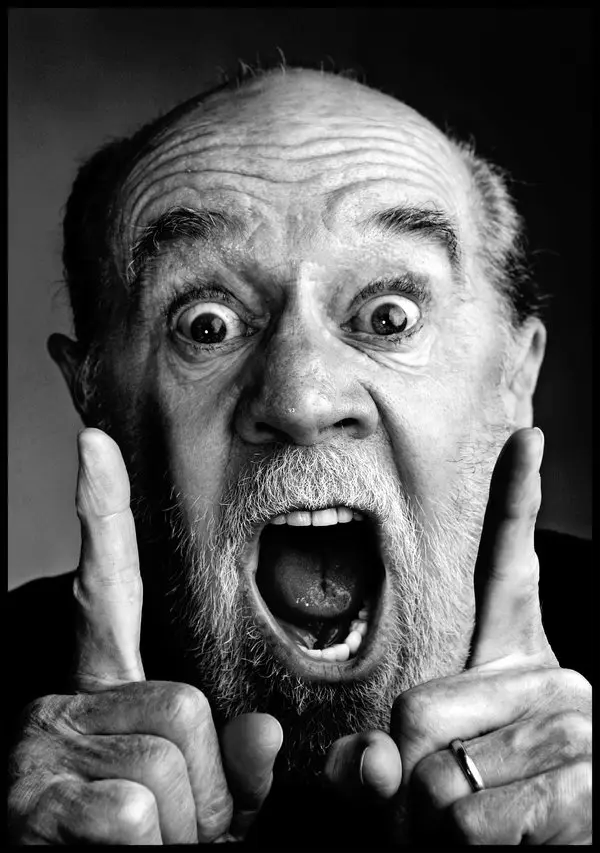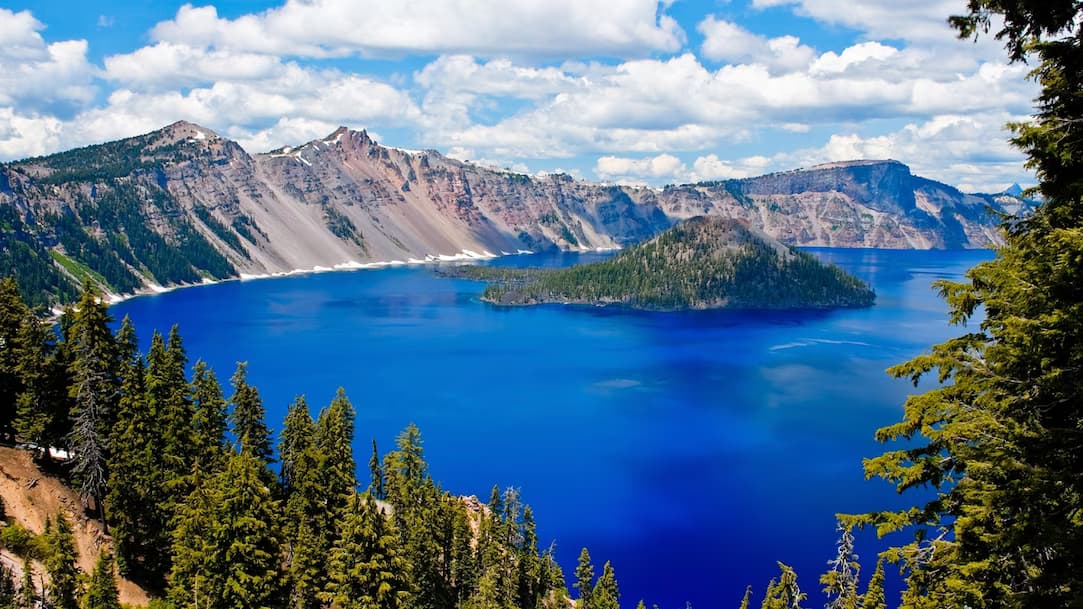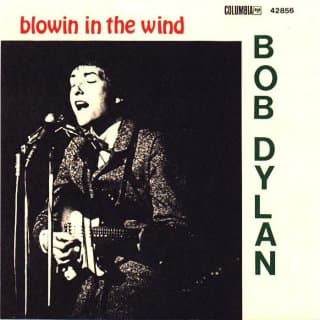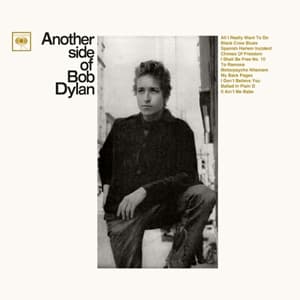Recently Added
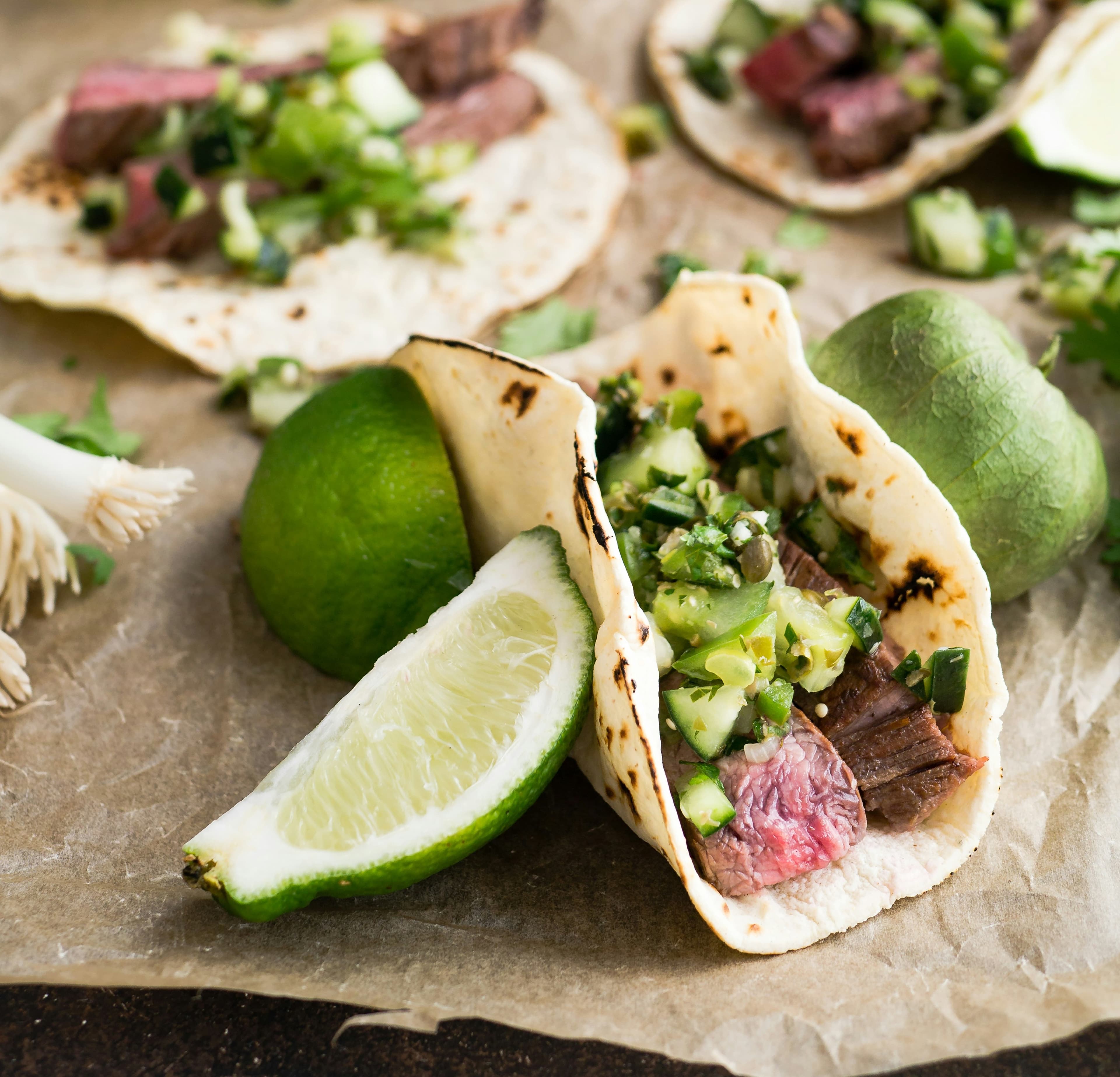
Mexican Cuisine
The one that we all know and love! Tacos, nachos, burritos, guacamole, quesadilla, tamales - I could go on and on! Spicy, tasty and full of fresh ingredients.
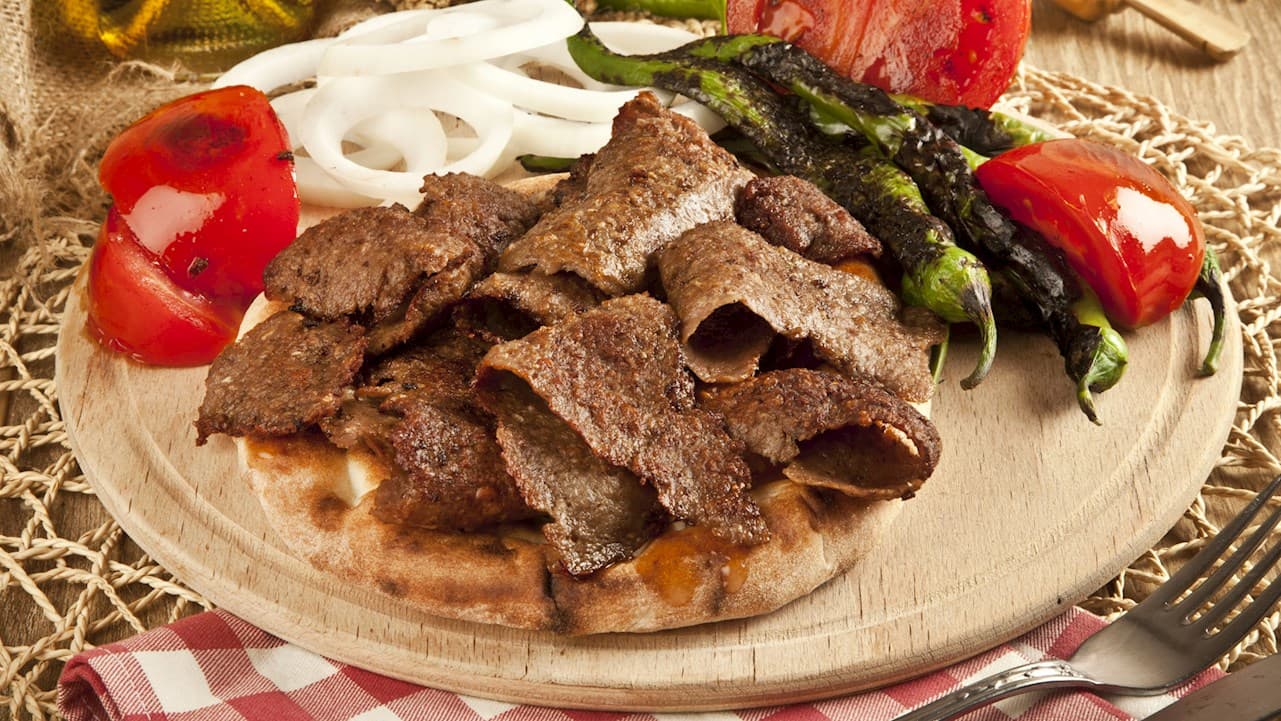
Doner Kebab
Doner Kebab, with its perfectly spiced, succulent slices of meat crisped to perfection, nestled in fresh, fluffy bread, and complemented by an array of vibrant, tangy sauces and fresh vegetables, offers an unrivaled symphony of flavors. This culinary masterpiece marries the art of seasoning and grilling, making each bite an unforgettable taste sensation that dances across the palate. Its universal appeal lies not just in its deliciousness, but in its ability to bring together the best of global flavors, making it a top contender for the best-tasting dish in the world.
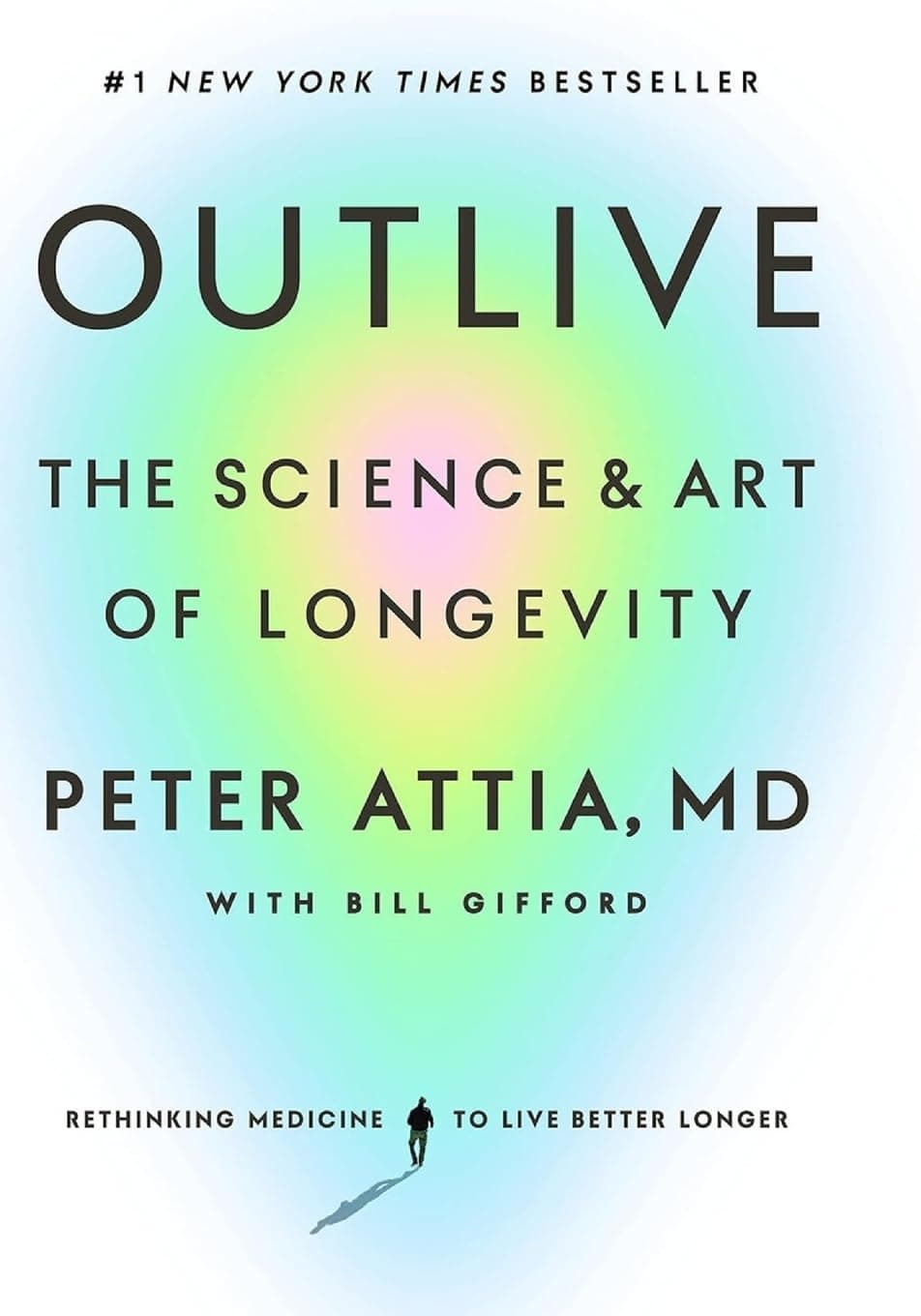
Outlive By Peter Attia
Modern healthcare is often reactive. This is part of the reason why preventative medicine is so key.
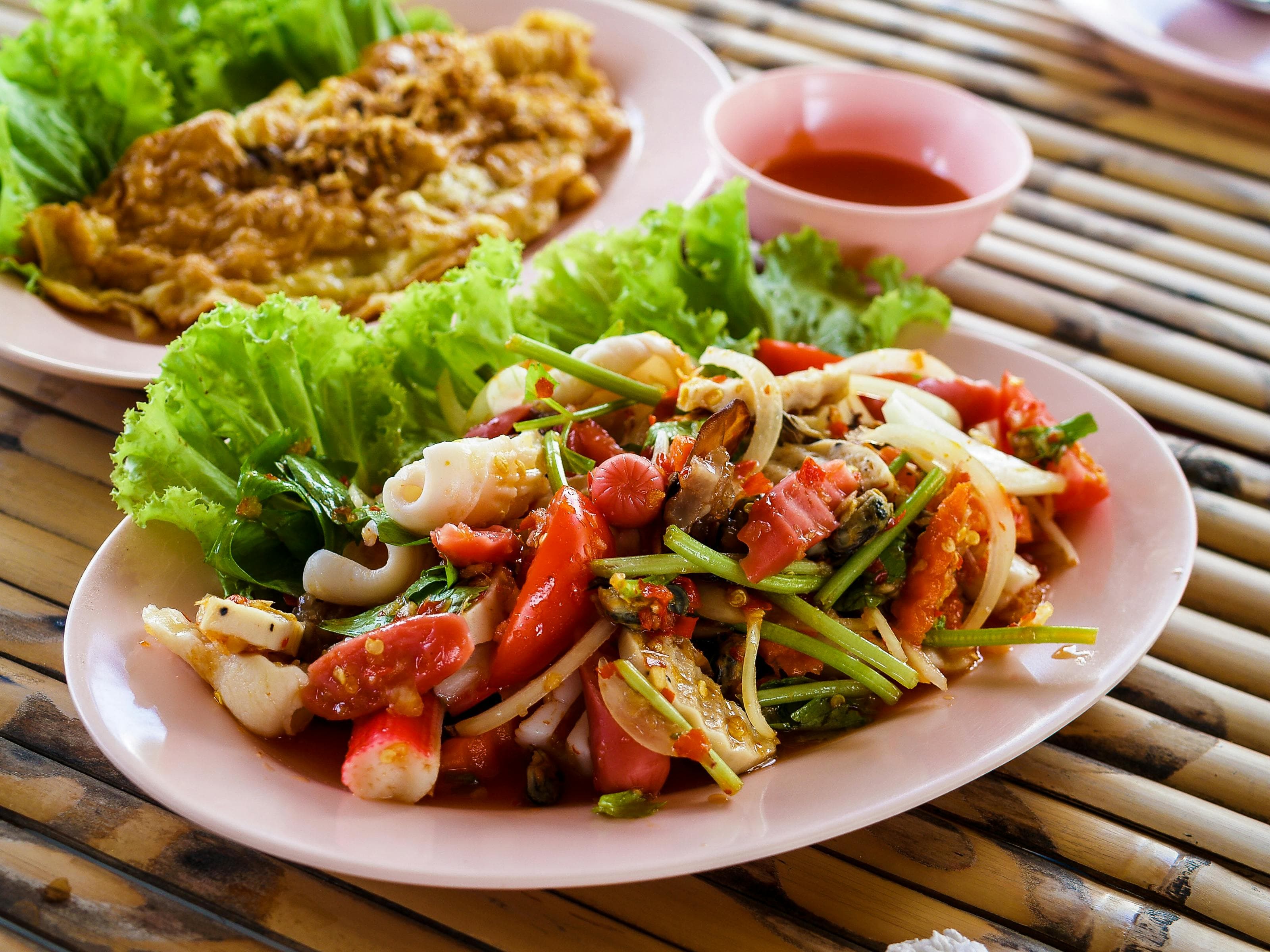
Thai Cuisine
Thai cuisine is all about bold flavors, fresh ingredients, and a balance of sweet, sour, salty, bitter, and spicy tastes. Every meal feels like a mix of contrasts that somehow just works. You’ve got fragrant herbs like lemongrass, Thai basil, and kaffir lime leaves, paired with staples like fish sauce, chili, and coconut milk. Rice is at the heart of it all—jasmine rice is common in central and southern Thailand, while sticky rice rules up north and in the northeast. Meals are usually shared. There’ll be a spread of dishes—maybe a curry, a stir-fry, a soup, and a salad—all eaten with rice in the middle. The idea is to balance flavors across the meal rather than in just one dish. You might get the rich creaminess of massaman curry alongside the sharp, spicy crunch of som tam (green papaya salad) and the comforting warmth of a clear broth like tom yum. Street food is a huge part of everyday life. Walk down any road and you’ll find vendors grilling skewers of marinated meat, tossing noodles in sizzling woks, or dishing up hot bowls of noodle soup. Grab a plate of pad Thai, a bag of fried chicken with sticky rice, or a steaming bowl of boat noodles from a floating market. And if you’ve got a sweet tooth, there’s mango sticky rice, coconut-based desserts, and crispy pancakes filled with sweet custard. Different regions have their own twist. In the north, dishes like khao soi—a curry noodle soup topped with crispy noodles—are popular, while the northeast (Isan) is known for grilled meats, sticky rice, and punchy salads. Down south, expect fiery curries with plenty of coconut milk and fresh seafood. Even breakfast can be exciting—sometimes just rice and an omelet, other times noodle soups or patongko (Thai donuts) with sweetened condensed milk. No matter where you go in Thailand, the food is vibrant, flavorful, and often made to be enjoyed with others. It’s comforting, lively, and always about that perfect mix of flavors.
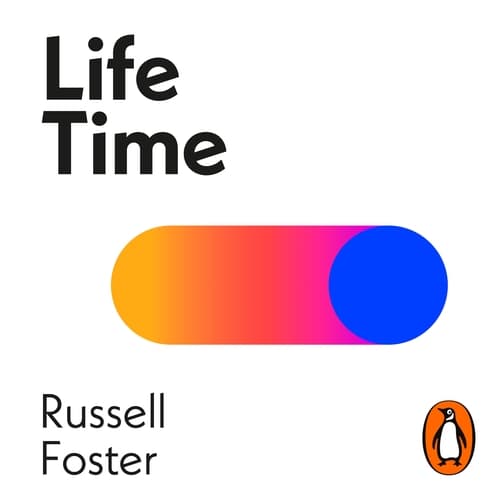
Life Time by Russell Foster
A book about the circadian rhythm. Apparently, it's really misunderstood, even by your doctor. Read this book to understand your body better. It helped me improve my sleep.
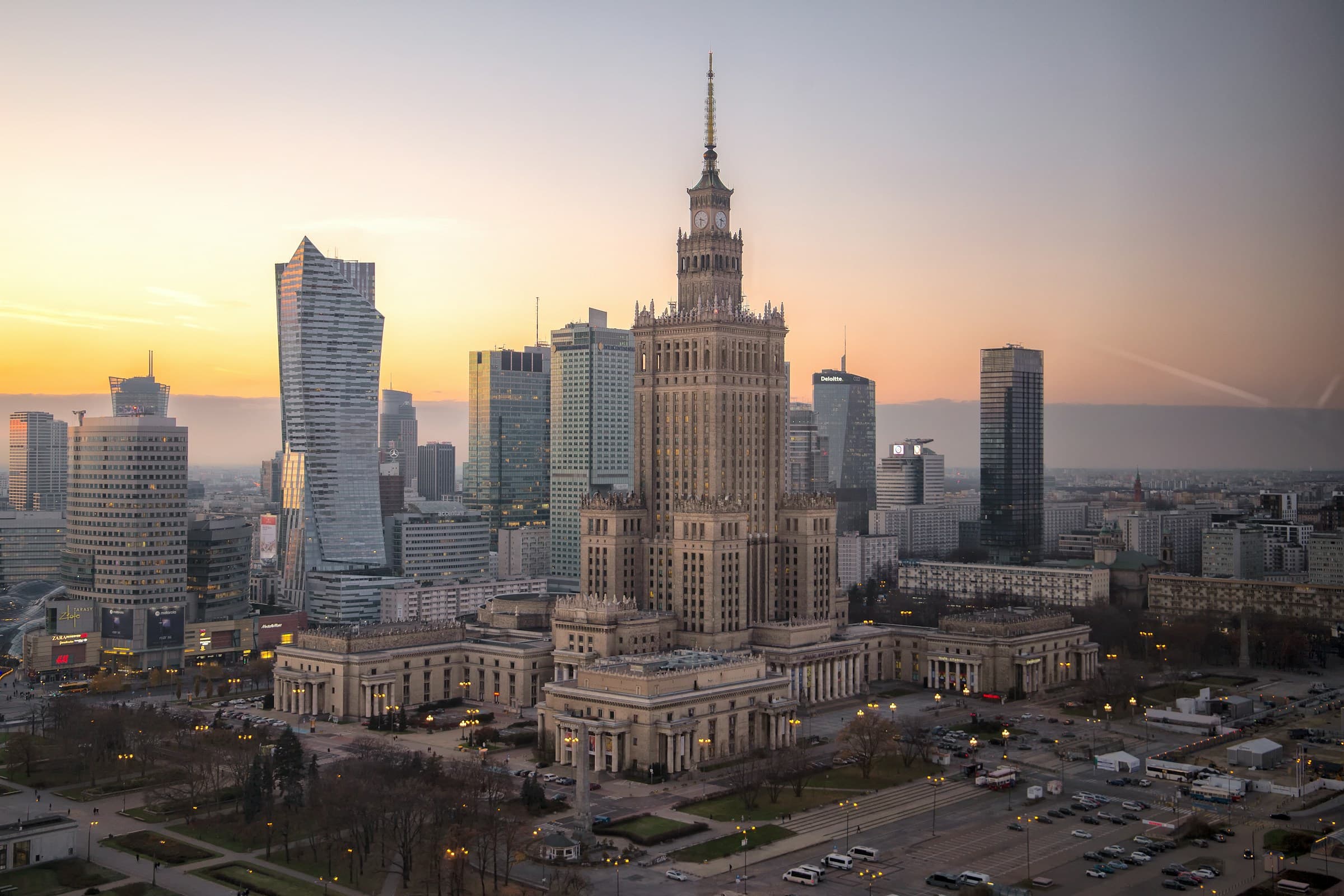
Warsaw, Poland
Warsaw is the capital of Poland, sitting on the Vistula River in the east-central part of the country. With nearly 1.9 million people in the city and over 3 million in the wider metropolitan area, it’s Poland’s biggest city. It’s a place where old and new collide—modern skyscrapers stand next to rebuilt historic districts, and its skyline is a mix of glass towers and ornate churches. The Old Town, destroyed in World War II and painstakingly rebuilt, is now a UNESCO World Heritage Site. Walking through its cobblestone streets, you’ll find the Royal Castle and the colorful Market Square. Not far off is the Royal Route, a stretch of old palaces, churches, and the Presidential Palace, leading down to the grand Wilanów Palace and its gardens. Despite the scars of war—most of the city was flattened during WWII—Warsaw bounced back fast. The post-war communist era left a mark with grey apartment blocks and the towering Palace of Culture and Science, a gift from the Soviet Union that’s still one of the tallest buildings in Poland. Now, Warsaw’s business district is full of sleek glass skyscrapers, including the Varso Tower, the tallest in the EU. Green spaces are everywhere. Łazienki Park, home to peacocks and the Chopin monument, is a popular spot for Sunday strolls. The Vistula Riverbanks are packed with bars and cycling paths in summer. Even with its urban sprawl, about a quarter of the city is covered by parks and forests. Warsaw’s history is complicated. It was once a cultural melting pot, with a large Jewish community before the Holocaust. The city remembers that past with places like the POLIN Museum and the remnants of the Warsaw Ghetto. It also honors its wartime resistance, especially the 1944 Warsaw Uprising, with monuments and the powerful Uprising Museum. The city’s cultural life is rich. It hosts jazz festivals, classical concerts (especially anything Chopin-related), and has a buzzing nightlife. Food-wise, you’ll find everything from traditional Polish pierogi and hearty soups to modern vegan spots and Michelin-starred restaurants. There’s even a strong café culture, with old-school spots alongside trendy coffee bars. Weather in Warsaw is typical for Central Europe—cold, snowy winters and warm, sometimes stormy, summers. Spring and autumn can be mild and pleasant, though the weather can change quickly. In short, Warsaw is a city of contrasts. It’s got a tragic past but a vibrant present, blending historic charm with modern energy. Whether you’re wandering through its parks, exploring museums, or sipping coffee along the river, there’s plenty to take in.
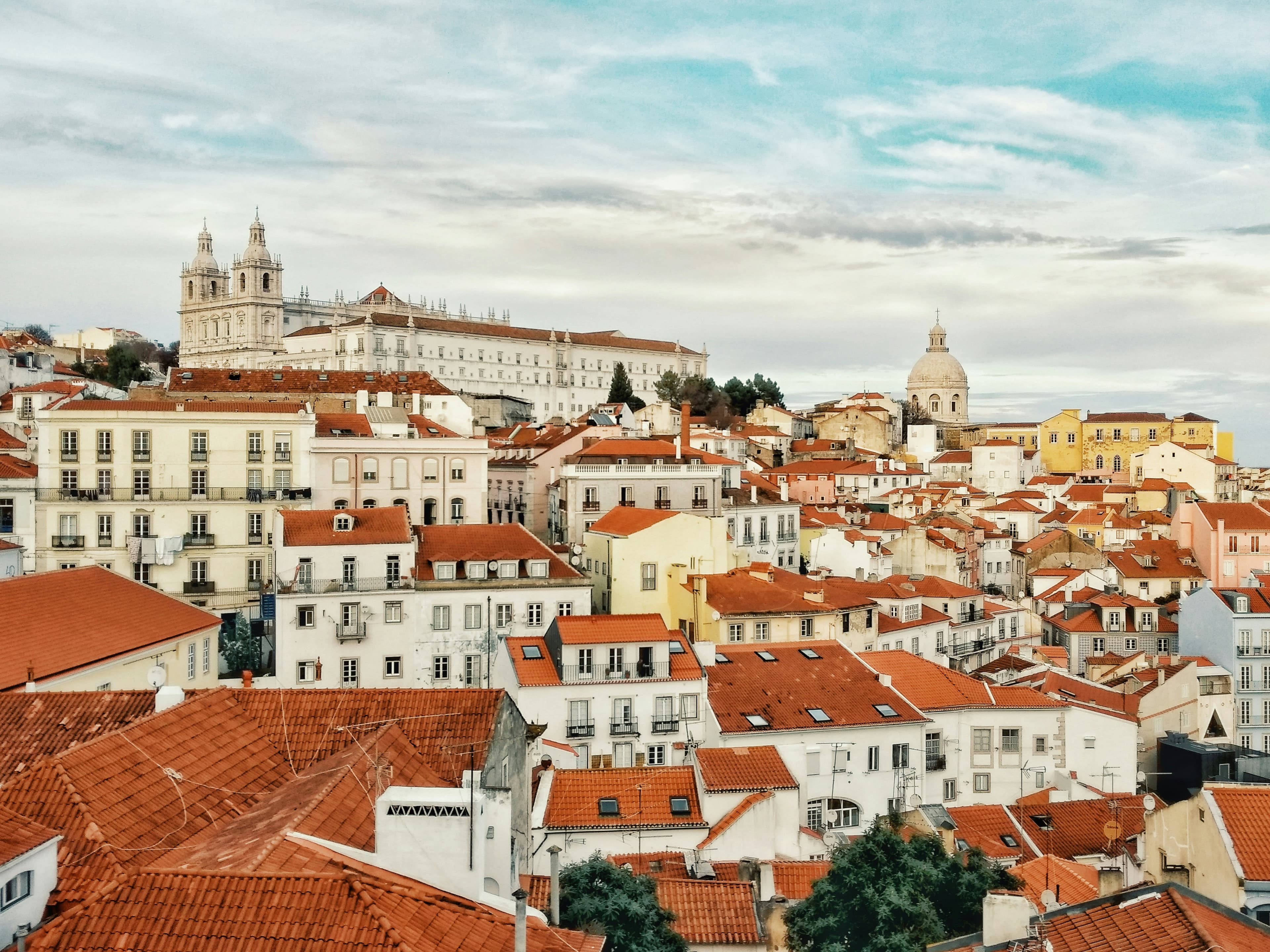
Lisbon, Portugal
Lisbon sits on the western edge of Europe, right where the Tagus River meets the Atlantic Ocean. The city is built on a series of hills, which gives it sweeping views of red-tiled rooftops, cobbled streets, and the water beyond. Walking around, you’ll notice how the narrow lanes twist and turn, especially in neighborhoods like Alfama, where clotheslines stretch between buildings and the smell of grilled sardines lingers in the air. It’s a place where old and new blend together. You’ll find trams from the early 20th century rattling through streets, while modern glass buildings rise up in other parts of town. Down by the river, the Belém Tower and Jerónimos Monastery, both from the Age of Discovery, remind you that Portuguese explorers once set out from this very spot. Lisbon gets plenty of sunshine—nearly 3,000 hours a year. Summers are warm and dry, while winters stay cool and damp, but not too cold. Along the riverbanks, locals sit at cafés, sipping coffee or wine, while ferry boats glide across the water. Economically, Lisbon is Portugal’s hub, with banking, tech companies, and tourism bringing in most of the money. There’s a steady flow of visitors, drawn by the mild weather, historic sites, and laid-back vibe. Despite the city’s modernization, many residents struggle with rising living costs, especially with the influx of tourists and expats driving up housing prices. Culturally, the city is rich. Fado music echoes from small bars, and street art colors many walls. Markets buzz with fresh produce and seafood. People here celebrate Saint Anthony’s festival in June with street parties, music, and grilled sardines everywhere you look. Getting around is easy enough. There’s an extensive metro system, old-school trams, buses, and even ferries to cross the river. And if you fancy a bit of green space, parks like Eduardo VII Park or Monsanto Forest Park offer a break from the city streets. In short, Lisbon is a city that wears its history proudly but doesn’t mind embracing the modern world. It’s got a relaxed pace, friendly locals, and a charm that’s hard to shake.
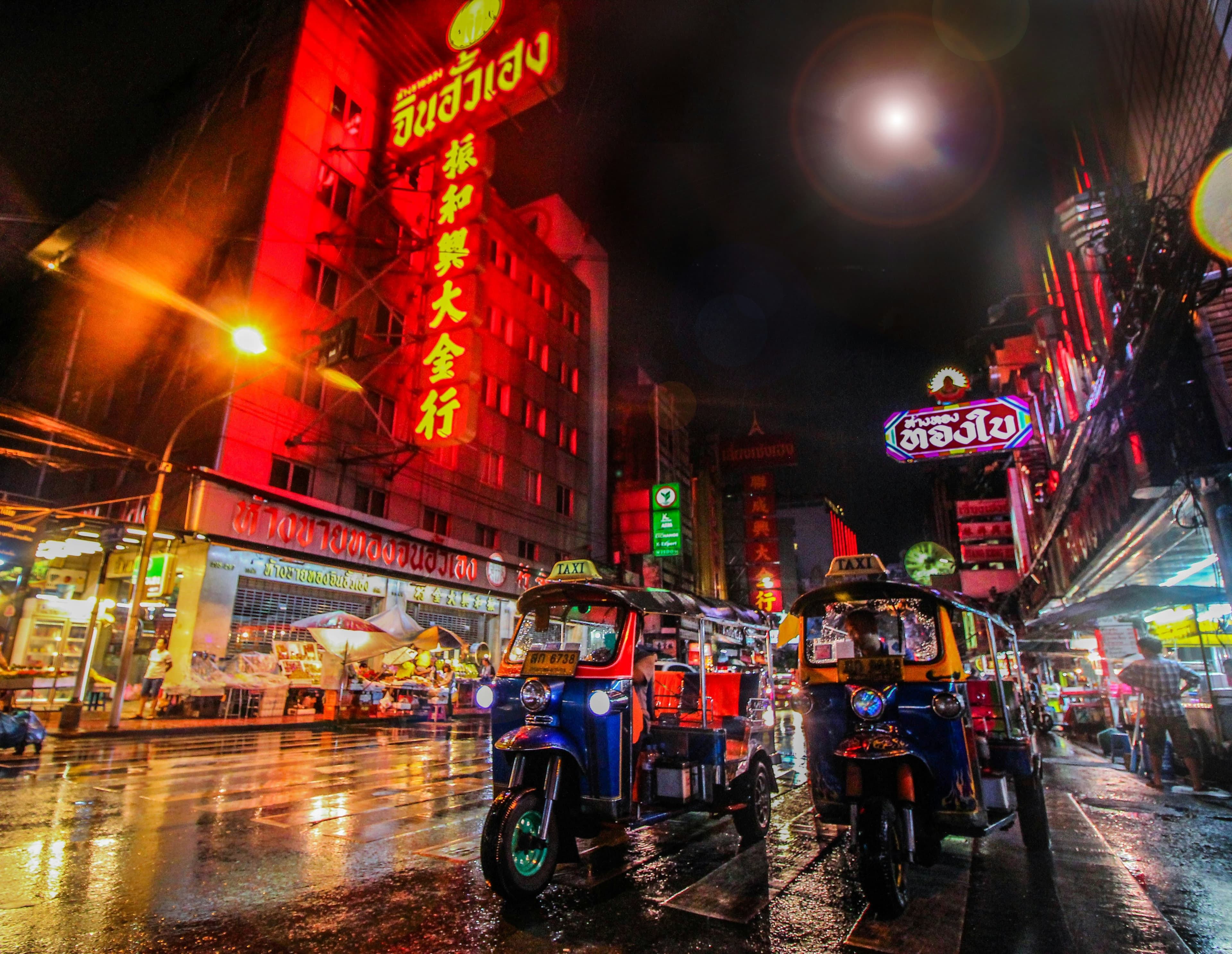
Bangkok, Thailand
Bangkok is the capital of Thailand and its biggest city. It sits along the Chao Phraya River in central Thailand, spreading out over a large area with nearly 9 million people living in the city itself and over 17 million in the surrounding region. It’s a place that mixes old traditions with modern life. On one side, you’ve got ancient temples like Wat Pho and Wat Arun, and on the other, you’ve got massive shopping malls and skyscrapers. The city has been around for a long time, starting as a small trading post in the 15th century. It became the capital in 1782 when King Rama I moved it to the eastern bank of the river. Over the years, Bangkok has seen a lot—colonial pressures, modernization, political protests, and economic growth. It really took off in the 1980s and 1990s when foreign companies started setting up shop there. Bangkok is known for being busy and full of life. The streets are packed with cars, motorbikes, and tuk-tuks, which often leads to heavy traffic. Despite efforts to improve public transportation with skytrains and subways, traffic jams are still a common headache. The air can get polluted, but things have improved since the 1990s. Tourism plays a huge role in the city. People from around the world come to see places like the Grand Palace or enjoy the street food. Markets like Chatuchak and floating markets offer everything from clothes to local snacks. Khao San Road is popular with backpackers, full of budget hostels, bars, and street vendors. The city has a vibrant culture. Festivals like Songkran (Thai New Year) turn the streets into massive water fights, and during Loi Krathong, people float little boats with candles on the water. Bangkok also has a wild nightlife scene, ranging from lively bars to well-known red-light districts. There are two sides to Bangkok—modern malls, luxury hotels, and fine dining on one side, and narrow alleyways with street food stalls and local markets on the other. It’s a city that can feel overwhelming with the heat, traffic, and crowds, but it’s also full of energy, surprises, and contrasts.
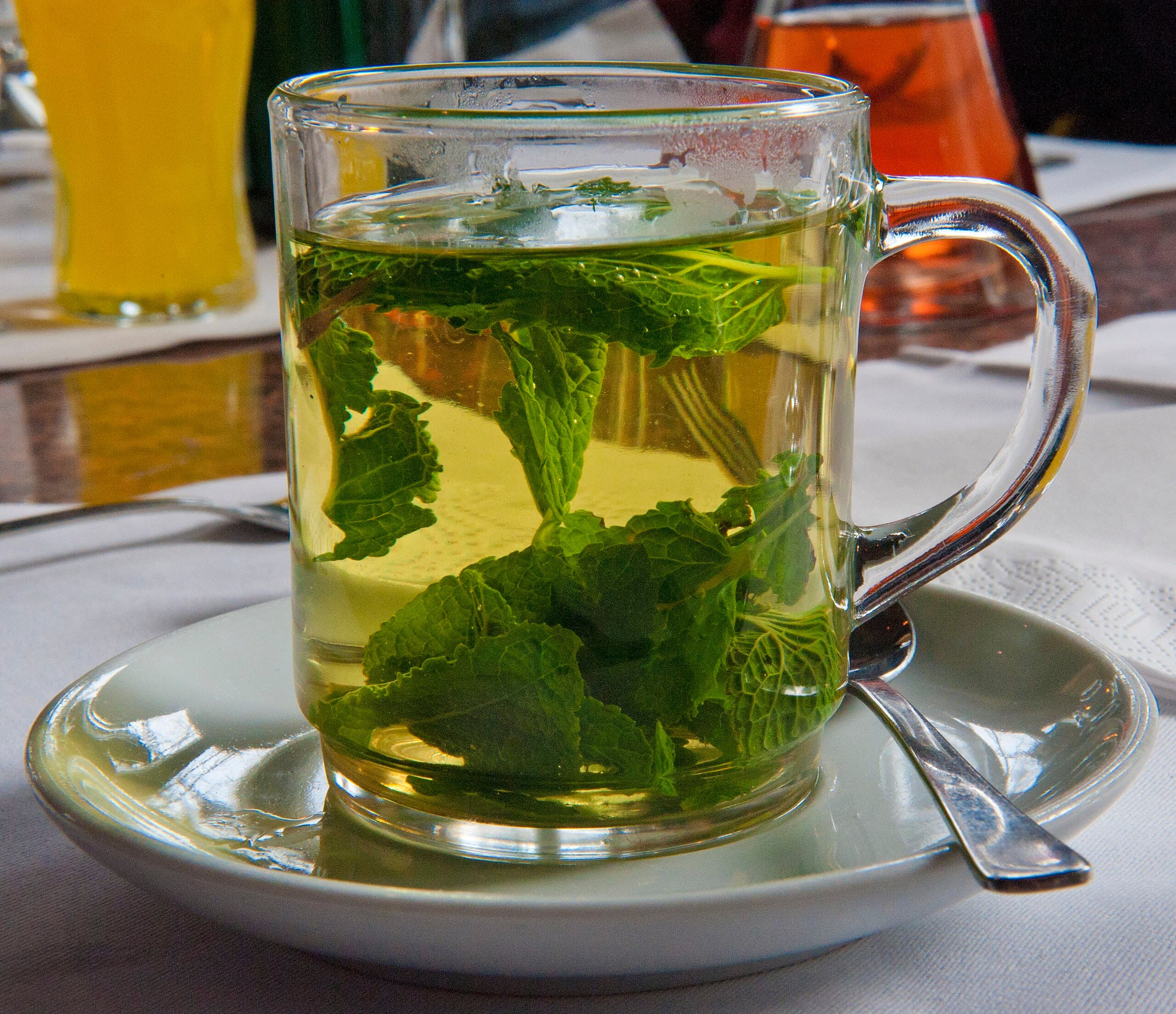
Mint Tea
Mint tea is a warm drink made by soaking fresh or dried mint leaves in hot water. It’s simple—just mint and water—but the taste is fresh and cool, with a hint of sweetness depending on the type of mint you use. Peppermint tea has a stronger, sharper flavor, while spearmint tea is milder and a bit sweeter. People often drink it to relax or help with digestion. It’s popular in many places around the world—like in Morocco, where it’s made with green tea and lots of sugar, or in India, where mint is sometimes added to chai. In Korea, they have a version called bakha-cha. Making it is easy: boil some water, pour it over the mint leaves, let it sit for a few minutes, and you’re good to go. Some folks like adding honey or lemon, but it’s just as nice plain. The smell alone is pretty calming—fresh, like a garden after rain.
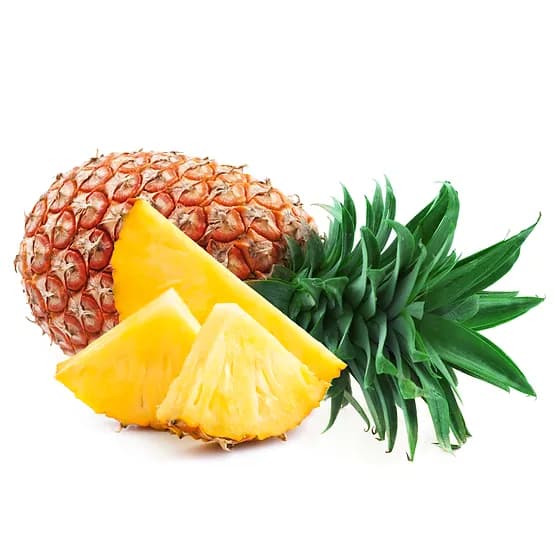
Pineapple
Fun fact about the pineapple. The pineapple is filled with bromelain, which is a digestive acid. So as you digest the pineapple, the pineapple digests you. You only win because you're bigger.
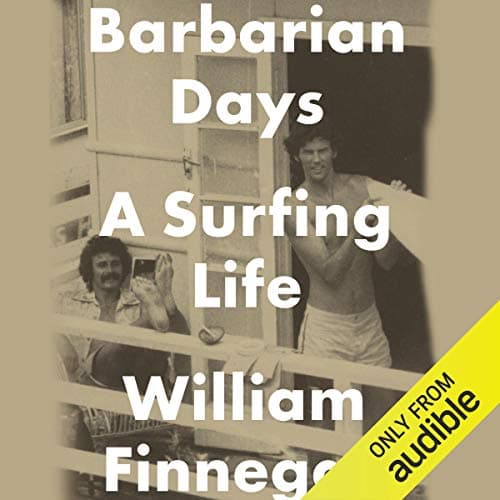
Barbarian Days by William Finnegan
Barbarian Days: A Surfing Life is William Finnegan’s story about growing up obsessed with surfing. It’s not just about catching waves—it’s about a whole way of life that’s demanding, addictive, and sometimes dangerous. Finnegan started young, learning to surf in California and Hawaii, and kept chasing waves into adulthood, traveling through places like Fiji, Australia, Indonesia, and Africa. Along the way, he mixes adventure with self-reflection, talking about friendships formed in the water, the culture around surfing, and how it all fit with the times—especially during the social changes of the 1960s and '70s. The book isn’t just about the thrill of surfing; Finnegan dives into the technical side of waves and the patience it takes to master them. He’s honest about his youthful recklessness—like taking LSD before surfing a massive wave in Maui—and the risks that came with his travels, from malaria scares to navigating shady markets. Still, surfing pulls him along, even when he’s juggling a career as a war reporter and later, family life. At its core, Barbarian Days is an old-fashioned adventure tale mixed with a thoughtful look at what it means to be hooked on something so completely. Finnegan’s writing captures both the beauty and the grind of surfing, making you feel like you’re right there with him—whether on a remote beach or paddling out into icy waves off Long Island.
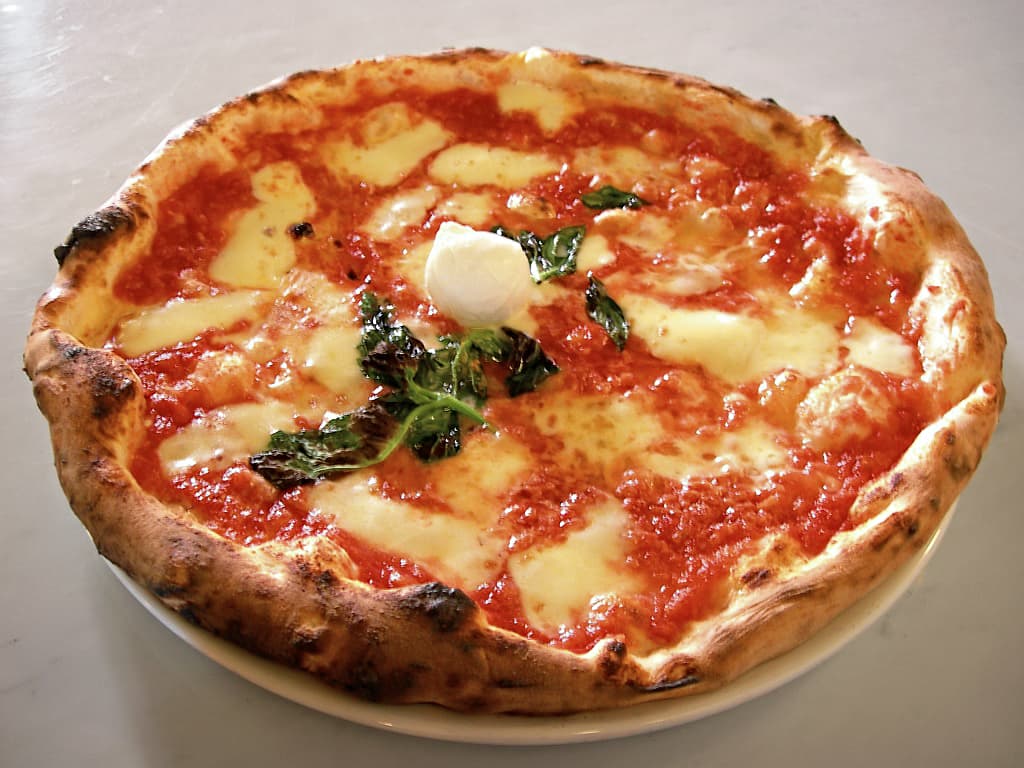
Italian cuisine
The one that we all know and love. Pizza, pasta, risotto, gnocchi, tortellini and many, many more. Also ice cream aka gelato. And limoncello. And wine. Italians love food and it shows.
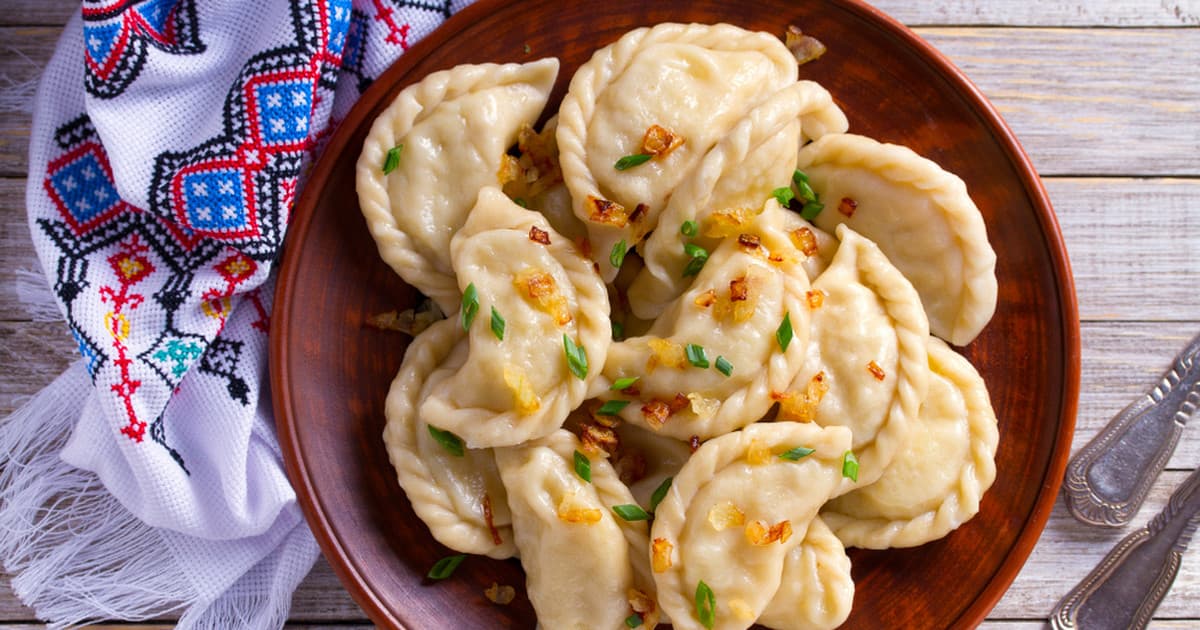
Polish Cuisine
Polish cuisine is all about comfort, rich flavors, and tradition. It’s the kind of food that sticks to your ribs, perfect for long winters and big family gatherings. Think hearty soups, meat-heavy dishes, and a lot of potatoes, cabbage, and bread. Pierogi are probably the most famous Polish dish—soft dumplings filled with anything from potato and cheese to meat, mushrooms, or sweet fruits. Then there’s bigos, a slow-cooked hunter’s stew packed with sauerkraut, fresh cabbage, sausage, and sometimes even wild game. It’s the kind of dish that gets better the longer it sits. If you like schnitzel, you’ll love kotlet schabowy, a breaded pork cutlet usually served with mashed potatoes and pickled cucumber salad. And for something truly Polish, there’s żurek—a sour rye soup with sausage and egg, often served in a bread bowl. Poland is also big on fermented foods like ogórki kiszone (pickled cucumbers) and kapusta kiszona (sauerkraut), which add a tangy kick to meals. And if you have a sweet tooth, Polish desserts won’t disappoint—pączki (fluffy doughnuts filled with rose jam), sernik (a dense cheesecake), and makowiec (a poppy seed roll) are just the start. To wash it all down? Vodka, of course. Poland has been perfecting it for centuries. But if you prefer something milder, there’s always hot tea with lemon or kompot, a homemade fruit drink. Polish food is all about big portions, simple ingredients, and bold flavors. It’s the kind of cooking that makes you feel at home, no matter where you’re from.
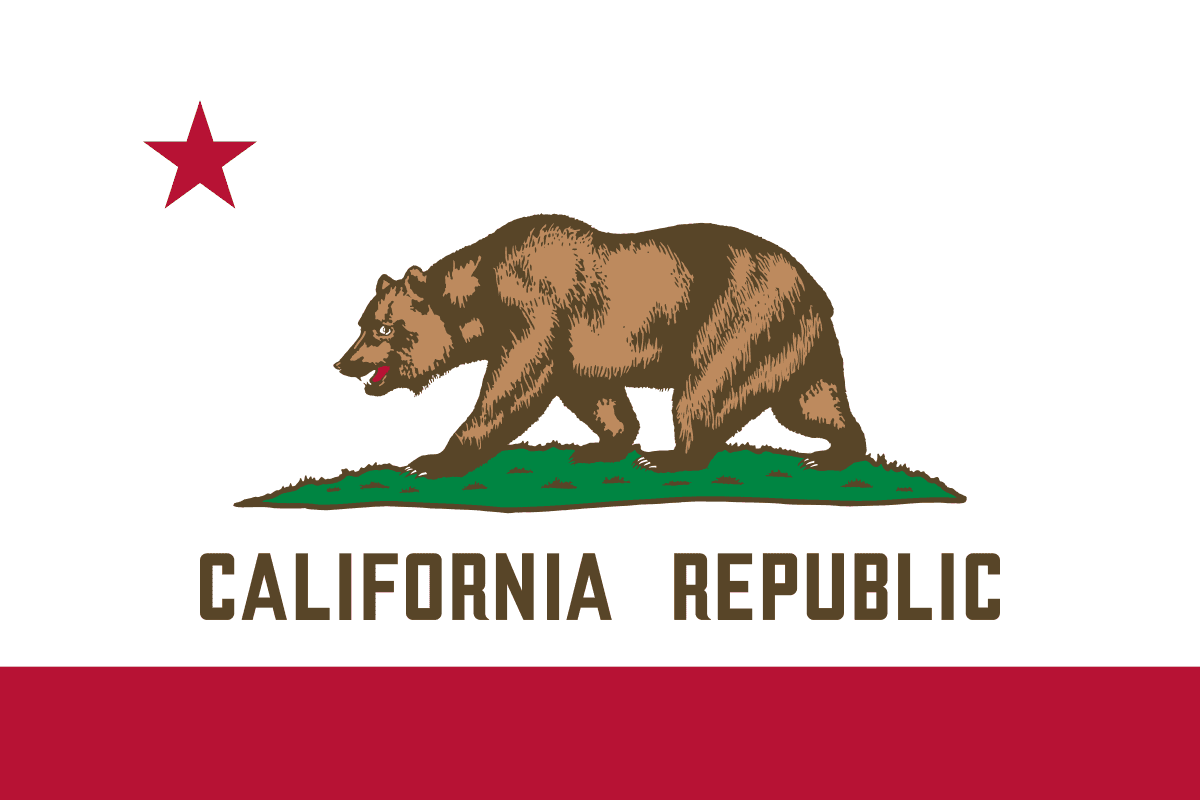
California
The Golden State. Home to Hollywood and the Silicon Valley. Produces 80% of the world's almonds. What a great state. Although these days its major cities of Los Angeles and San Francisco are full of drug addicts who poop in the streets. That's too bad :(

Taylor Swift
American singer-songwriter, know for such songs as Shake it Off, Blank Space, Cruel Summer, and Bad Blood. Also, as of 2024, a self-made billionaire.
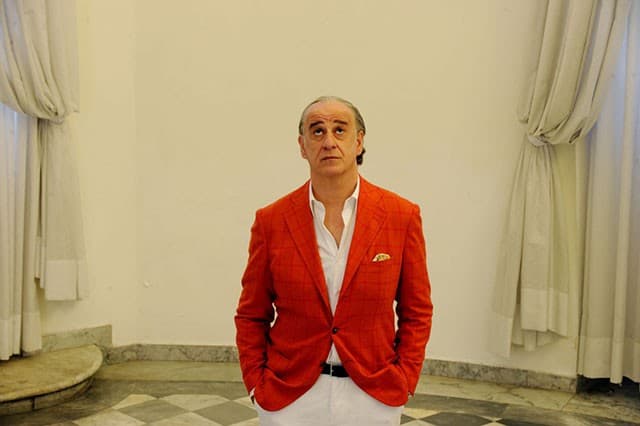
The Great Beauty
or La grande bellezza in Italian. A masterpiece by Paolo Sorrentino in which a socialite Jep Gambardella (Toni Servillo) reflects on his life of lavish parties among the cultural elite of Rome. Stunning visual and cinematography.
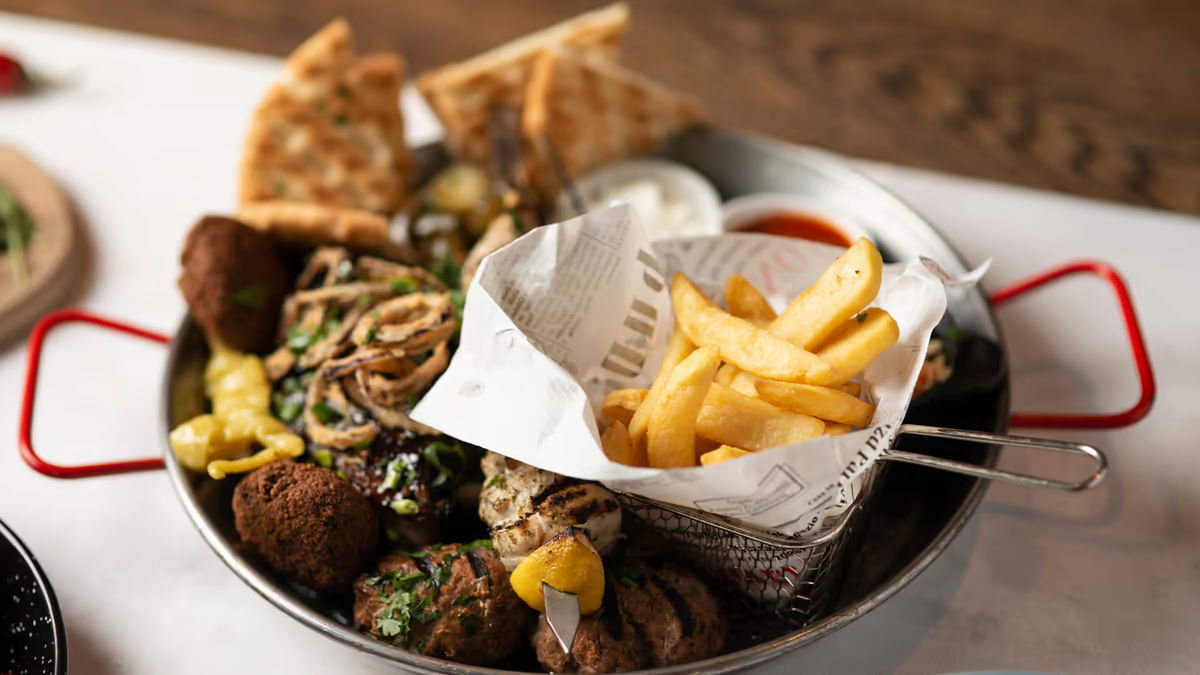
Taverna Zante
Casual Greek restaurant and cocktail bar. Tzatziki, gyros, souvlaki, that sort of thing. Outdoor seating in spring and summer. I go there a lot and the food is delicious.

Ogniem i Piecem
Affordable, casual pizza place in the center of Gdynia. They serve pizza by the slice, breakfasts, pastas and cakes. It's dog-friendly, has good music, friendly atmosphere and a vaguely "street style" hip vibe.
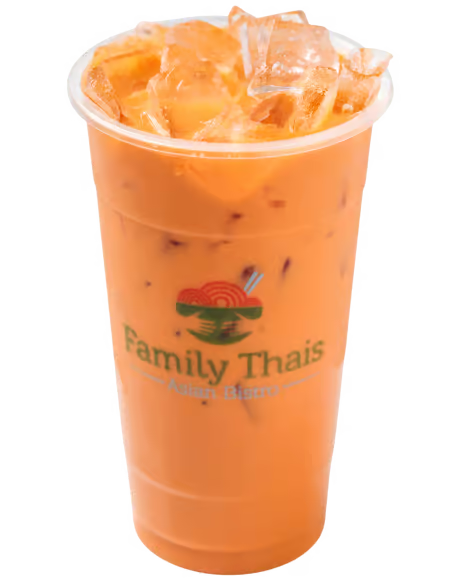
Thai Tea
Thai tea is a sweet, creamy drink made from strong black tea, usually Ceylon or a local version of Assam. It’s brewed with sugar and often flavored with condensed milk, giving it that rich, smooth taste and signature orange color. When served cold, it’s poured over ice, sometimes with a splash of evaporated milk on top for that creamy swirl. In Thailand, you’ll find it in tall glasses at restaurants or in plastic cups or bags from street vendors. Some places even turn it into a blended drink, like a frappé. There are variations too—like a version without milk called “dark Thai iced tea,” or one with lime for a citrusy kick. People drink it hot in the mornings as well, often with fried dough sticks.

Philippine Airlines
My flight from Bangkok to Los Angeles was completely packed and the seats were tiny. This is arguably not the airline's fault but the layover in Manila was one of the worst I've had. You are herded from one queue to another for hours, surrounded by a crowd of people at all times.

A Gentleman in Moscow by Amor Towles
A Gentleman in Moscow is a historical fiction novel by Amor Towles. It follows Count Alexander Rostov, a Russian aristocrat who, after the Bolshevik Revolution, is sentenced to house arrest in the grand Hotel Metropol in Moscow. Instead of being imprisoned in a cell, he’s confined to the hotel, which becomes both his cage and his world. The story spans several decades, starting in the 1920s and running through key moments of Soviet history. Most of it unfolds inside the hotel, which is no ordinary place—it's a bustling, self-contained universe. Rostov, who begins the story living in a lavish suite, is forced to move into a tiny attic room. Despite this fall from grace, he navigates his new life with wit and charm, forming friendships with the hotel staff, guests, and unexpected visitors. The book isn’t just about the Count’s personal journey—it’s also about how time changes people and places, how history creeps in even when you’re standing still, and how small acts of kindness and loyalty can shape a lifetime. The setting, the Metropol, is richly described, from fine dining rooms to back corridors. There’s a good bit about food, music, and Russian culture, and plenty of philosophical musings, but it never gets too heavy. At its core, the novel is about making the best of what life throws at you. The Count is an old-world gentleman stuck in a new world that wants to forget people like him. How he handles that—sometimes with grace, sometimes with stubbornness—is what makes the book compelling. It's quietly dramatic, occasionally funny, and surprisingly heartwarming, all without needing big action scenes.
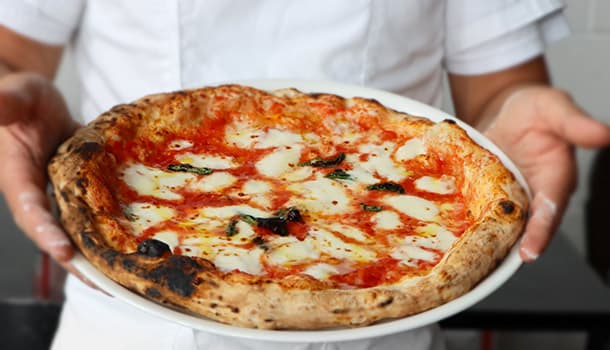
Margherita Pizza
The OG pizza. The minimalist pizza. Cheese, tomato sauce, and basil leaves. What else does a pizza need?
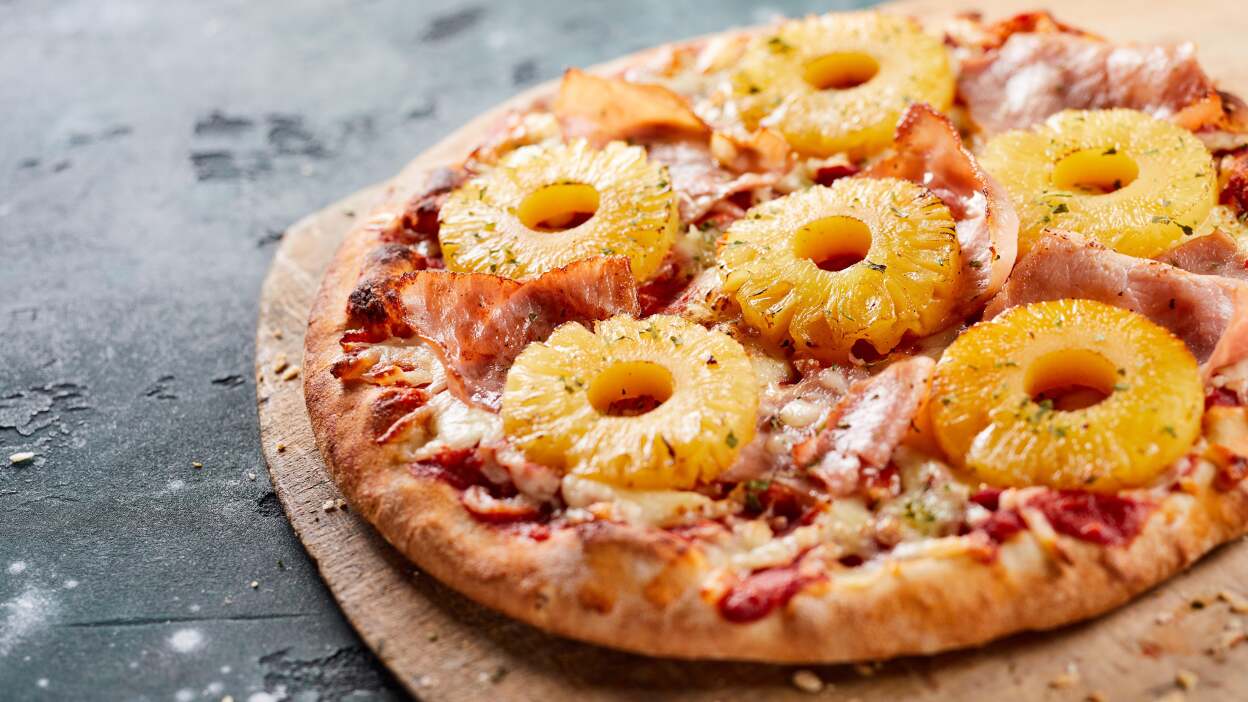
Hawaiian Pizza
Delectable Pizza topped with pineapple and Canadian ham! The perfect mix of sweet and salty <3
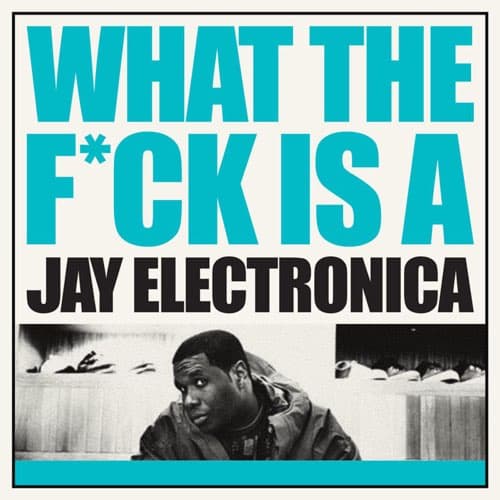
Jay Electronica
Exhibit A (feat. Mos Def), Exhibit C, Shiny Suit Theory (feat. Jay-Z), Eternal Sunshine, Dear Moleskine, Dimethyltryptamine (DMT)
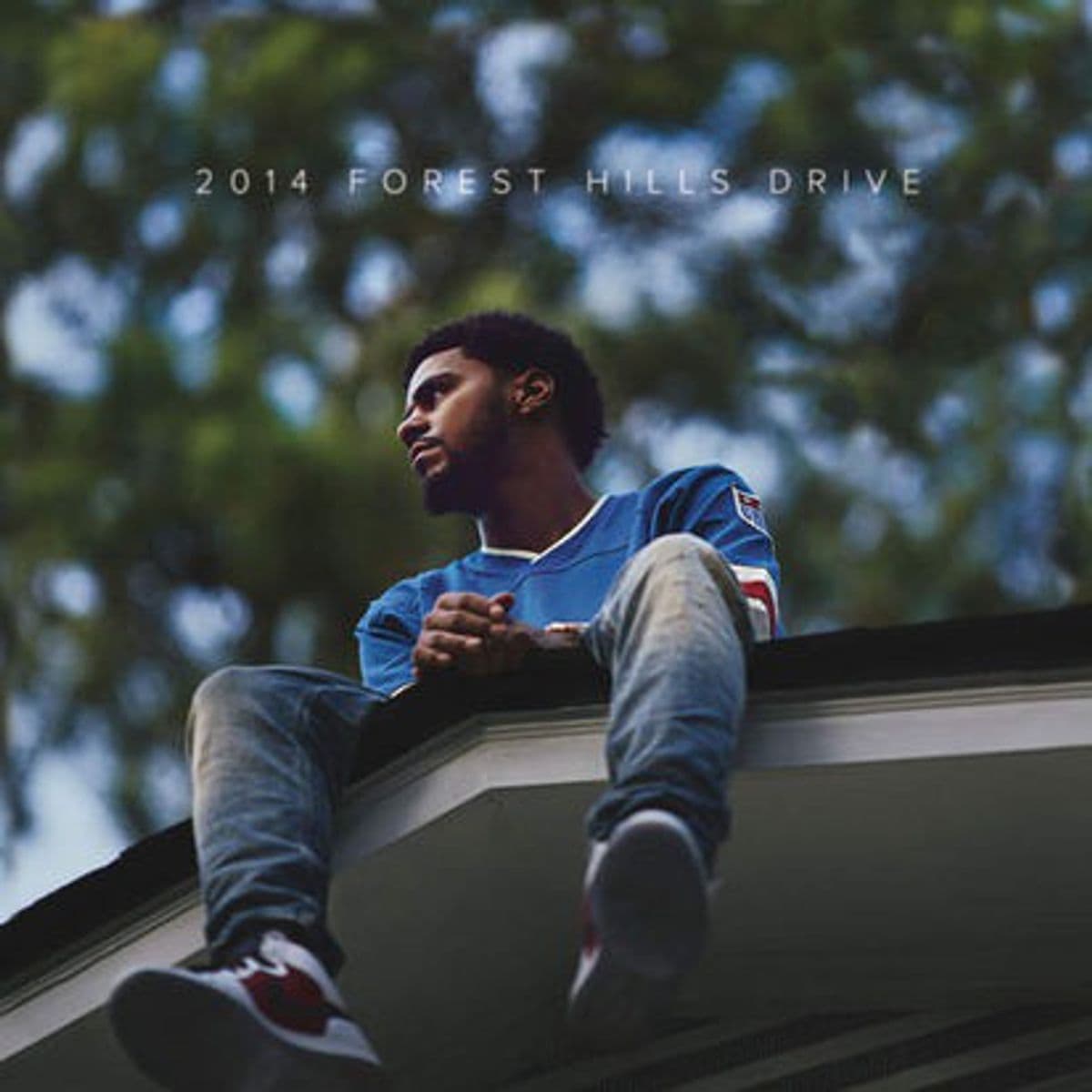
J Cole
Love Yourz, Black Friday, No Role Modelz, Wet Dreamz, G.O.M.D., Apparently, Middle Child, A Tale of 2 Citiez, Crooked Smile (feat. TLC), Lights Please
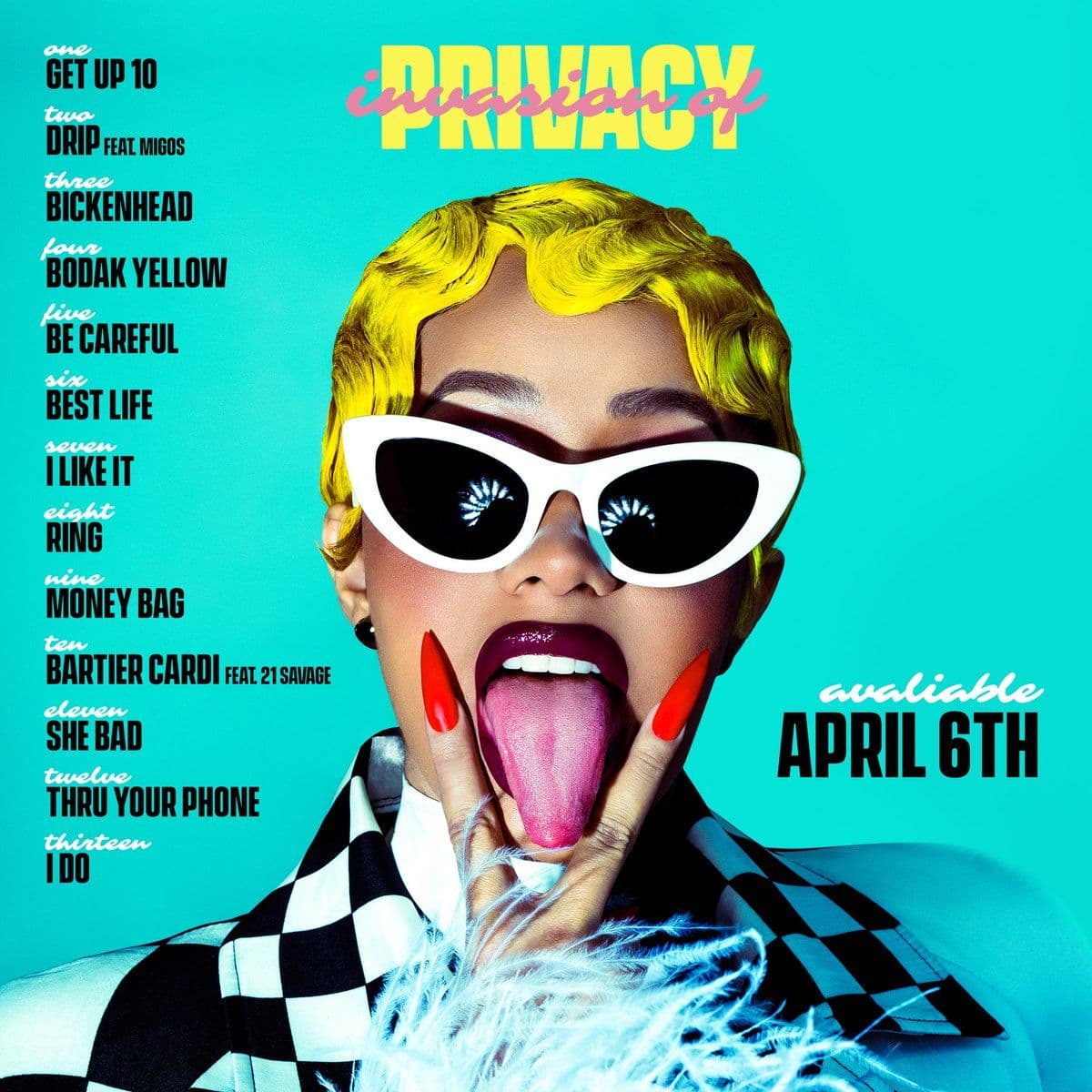
Cardi B
One of the most successful female rappers. She's known for her bold personality and doesn't shy away from saying what she thinks. Some find her songs disturbing, for example Ben Shapiro hated WAP.
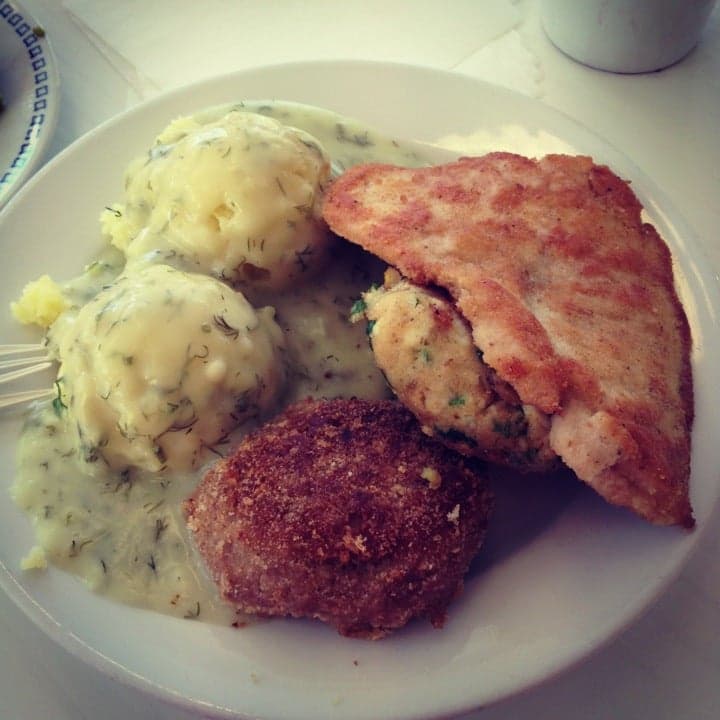
Bar Mleczny Słoneczny
An authentic Polish milk bar. Cheap and delicious. Serves typical Polish foods. Probably the most affordable place in the center of Gdynia. Can get crowded at lunch time.
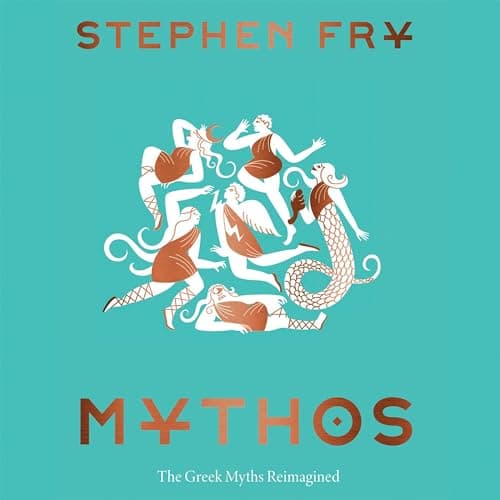
Mythos by Stephen Fry
Greek myths retold by Stephen Fry. He is both the author and the narrator of this book. His wit and sense of humor come across in both the text and in the delivery. Plus, you actually get to learn Greek myths.

Australian Shepherd
Great companion dog. Loves to run. Smart and active. If you have kids it will try to herd them.
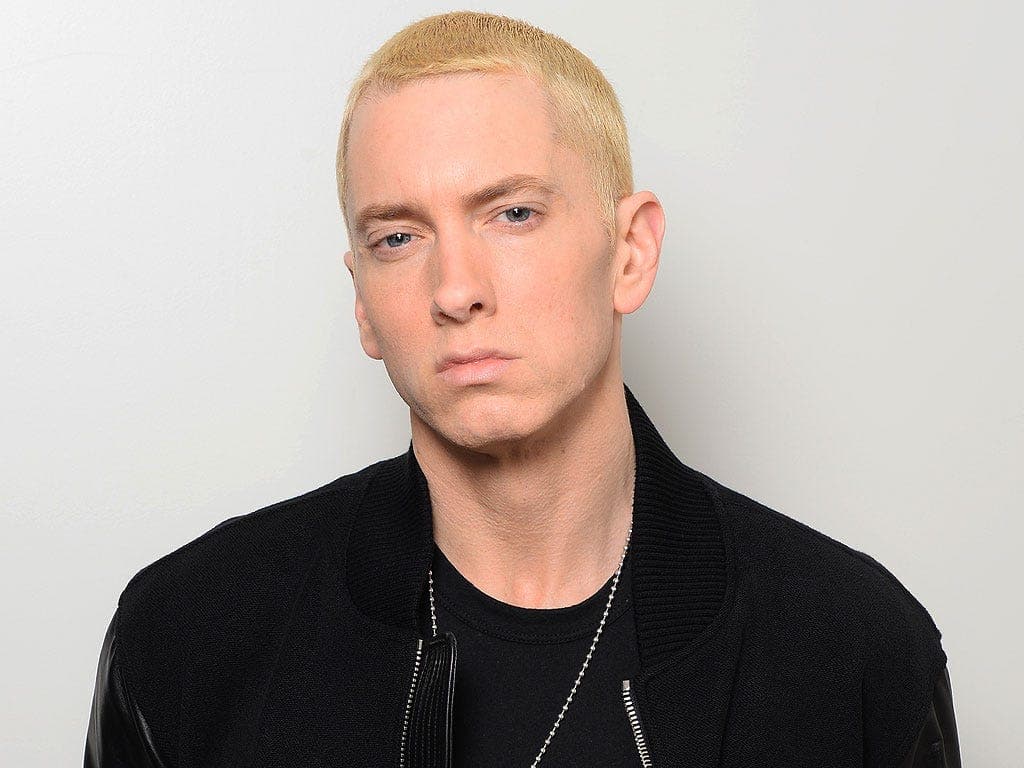
Eminem
Eminem, born Marshall Bruce Mathers III on October 17, 1972, is an American rapper, songwriter, and producer. He grew up in Detroit, Michigan, bouncing between homes with his mother, Debbie Nelson, after his father abandoned the family when Eminem was a baby. His early life was rough—poverty, bullying, and moving from place to place. Music became his outlet. At first, he wanted to be a comic book artist, but hip-hop pulled him in. He started rapping as a teenager, performing in local clubs and freestyle battles in Detroit. Back then, he adopted the name "MC Double M" before eventually settling on "Eminem" (from his initials "M&M"). His early work, like the 1996 album Infinite, went largely unnoticed, and he struggled to support his young daughter, Hailie Jade. But things changed with his 1997 Slim Shady EP, where he introduced his alter ego, Slim Shady—a character through which he expressed anger, humor, and dark storytelling. In 1999, Dr. Dre of N.W.A fame signed Eminem to Aftermath Entertainment. That same year, The Slim Shady LP dropped and took off, known for its raw lyrics and twisted humor. Eminem's follow-up albums, The Marshall Mathers LP (2000) and The Eminem Show (2002), catapulted him to global fame. His songs often blended personal struggles with sharp, satirical jabs at celebrities and politicians. Tracks like "Stan," "The Real Slim Shady," and "Without Me" became staples of early-2000s music. Eminem's fame wasn’t without controversy. Critics called out his lyrics for being offensive, but others praised his lyrical skill and raw honesty. He often rapped about his turbulent relationship with his ex-wife, Kim Scott, his love for his daughter, and his battles with addiction. Despite backlash, he won multiple Grammys and even nabbed an Oscar for "Lose Yourself," the theme from 8 Mile—a semi-autobiographical film where he played an aspiring rapper struggling to break through in Detroit. After Encore (2004), Eminem stepped back from music, dealing with addiction and the death of his close friend and fellow rapper, Proof. He returned in 2009 with Relapse, followed by Recovery (2010), which reflected on his journey toward sobriety. Albums like The Marshall Mathers LP 2 (2013), Revival (2017), Kamikaze (2018), and Music to Be Murdered By (2020) showcased his evolving style, balancing introspection with the rapid-fire wordplay he's known for. Eminem’s influence is hard to overstate. He broke racial barriers in a genre dominated by Black artists and opened doors for future white rappers, all while remaining respected in the hip-hop community for his technical skill. He’s had his fair share of feuds with other artists—Ja Rule, Machine Gun Kelly, and Benzino, to name a few—but he’s also mentored acts like 50 Cent and worked closely with Dr. Dre. Beyond music, Eminem’s ventured into acting (8 Mile), launched his own label (Shady Records), and opened a restaurant called Mom’s Spaghetti in Detroit—named after a lyric from "Lose Yourself." Though he’s had a rocky personal life, including struggles with addiction and family drama, he’s been sober since 2008 and continues to release music that reflects both his personal growth and unfiltered attitude. In 2022, Eminem was inducted into the Rock and Roll Hall of Fame, marking over two decades of impact on music and culture. Even now, well into his fifties, he keeps releasing chart-topping albums and singles, proving he’s still got it. For many, Eminem’s music is a blend of humor, pain, and razor-sharp lyricism—a reflection of a man who’s faced his demons and isn’t afraid to talk about them.
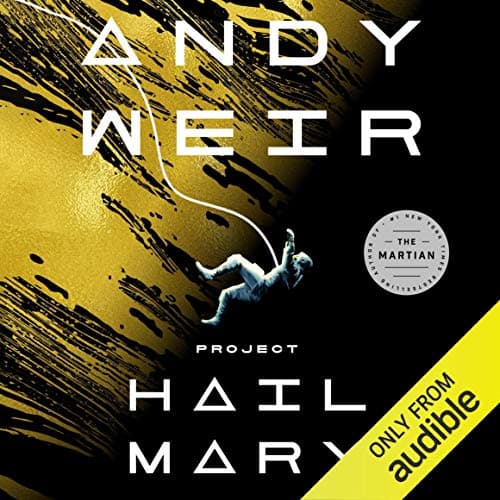
Project Hail Mary by Andy Weir
"Project Hail Mary" is a space adventure story written by Andy Weir, the same guy who wrote "The Martian." It's about a man named Ryland Grace who wakes up on a spaceship with no memory of who he is or why he's there. He figures out he's on a mission to save Earth from disaster. The story follows him as he tries to remember his past and complete his mission, which involves a lot of science and problem-solving. Along the way, he meets an alien, and they form an unlikely friendship. The book is full of cool science stuff, suspense, and humor. It's like a mix of a mystery and a space adventure, with a lot of heart. The narration by Ray Porter is superb, with sound effects and excellent voice work.

Long Walk to Freedom by Nelson Mandela
Long Walk to Freedom is an autobiography by South Africa's first democratically elected President Nelson Mandela, and it was first published in 1994 by Little Brown & Co. The book profiles his early life, coming of age, education and 27 years spent in prison If you're new to South African history, as I was, this is a great starting point. Why not hear from the man who played a key part in it?
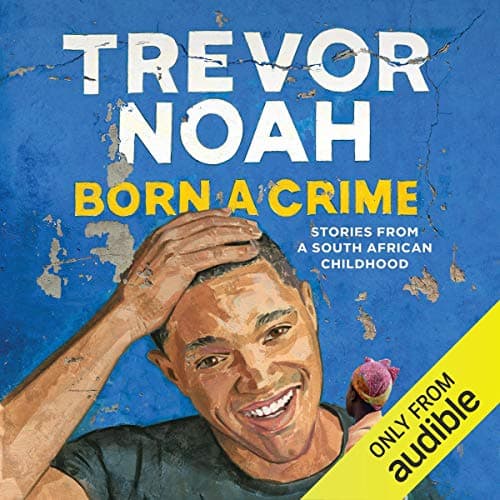
Born a Crime by Trevor Noah
Born a Crime: Stories from a South African Childhood is Trevor Noah’s autobiography, published in 2016. It tells the story of his early years growing up in South Africa during and after apartheid. The title comes from the fact that his birth—he had a black Xhosa mother and a white Swiss-German father—was literally considered a crime under apartheid laws that banned interracial relationships at the time. The book is a mix of humor and tough truths. Much of it focuses on Trevor’s relationship with his mother, Patricia, who plays a huge role in his life. She’s portrayed as tough, religious, and fiercely independent—someone who dragged him to multiple church services every week, even during times of violence and unrest. Her strong influence shapes his character, often through strict discipline and sharp lessons about right and wrong. Trevor shares stories from his childhood that range from funny to intense. There’s a scene where his mother throws him out of a moving minibus to save him from a potentially dangerous driver. He also talks about using his talent for languages to navigate different cultural groups in South Africa, and how he hustled by selling bootleg CDs to make money. But not all his stories are light—he describes living with his abusive stepfather, Abel, whose violence culminated in him shooting Trevor’s mother, though she miraculously survived. Despite the heavy topics—racism, poverty, domestic abuse—Noah’s storytelling is funny, honest, and full of warmth. The book gives a personal look at how apartheid shaped everyday life but also highlights the resilience of his family, especially his mother. The memoir was widely praised, becoming a bestseller and earning spots on numerous “best of the year” lists. It struck a chord with readers around the world, and even inspired figures like U.S. Senator Tammy Duckworth and First Lady Jill Biden, who assigned it as reading for her English class. A film adaptation is in the works, with Lupita Nyong’o set to play Trevor’s mother and co-produce the project.

Trevor Noah
Trevor Noah is a South African comedian, writer, producer, and television host, born on February 20, 1984, in Johannesburg. His upbringing was complicated by apartheid-era laws that made his parents’ interracial relationship illegal. His mother is Xhosa, and his father is Swiss-German. Growing up in Soweto, he experienced firsthand the complexities of race and identity in South Africa, something that would later shape much of his comedy. He started his entertainment career in South Africa, first appearing on television in 2002. By his early twenties, he was hosting shows on national TV and performing stand-up comedy. His routines often focused on race, culture, and politics, blending sharp observations with personal stories. In 2011, Noah moved to the United States. By 2014, he was a contributor on The Daily Show and took over as host from Jon Stewart in 2015. His style was more laid-back than Stewart’s, mixing global perspectives with humor rooted in his South African background. While some viewers appreciated his international take, others felt the show lost some of its bite. Still, he connected with younger audiences, especially on digital platforms. Noah is also known for Born a Crime, his 2016 memoir about growing up in South Africa, which became a bestseller. Beyond The Daily Show, he’s hosted major events like the Grammy Awards several times and the White House Correspondents’ Dinner in 2022. After leaving The Daily Show in late 2022, he shifted focus to stand-up tours, podcasts, and other projects. Offstage, Noah speaks several languages, supports Liverpool FC, and runs a foundation aimed at improving youth education in South Africa. Despite the humor in his work, much of his life—like surviving domestic violence in his family—has been marked by serious challenges, which he addresses with honesty and wit.

Beyoncé
She started out in a group called Destiny's Child, which was super popular back in the late '90s and early 2000s. They had big some hits, like "Say My Name" and "Survivor." But Beyoncé didn't stop there. She went solo and totally nailed it. Beyoncé's music is a mix of R&B, pop, hip hop, and more, and she's known for putting on incredible live shows. Some of her big songs you might know are "Single Ladies (Put a Ring on It)," "Crazy in Love," and "Halo." On top of her music, she acts in movies, runs her own business, and does a lot of charity work. She's also married to Jay-Z, another big name in music, and they're kind of like the king and queen of the music industry.

Adele
Adele is an English singer and songwriter from London, born on May 5, 1988. She’s known for her powerful voice and emotional songs, often about love and heartbreak. She started singing as a child and graduated from the BRIT School for Performing Arts in 2006. Soon after, she signed with XL Recordings and released her debut album, 19, in 2008. It included hits like “Chasing Pavements” and “Make You Feel My Love,” earning her the Grammy for Best New Artist. Her second album, 21 (2011), was a massive success worldwide, featuring tracks like “Rolling in the Deep,” “Someone Like You,” and “Set Fire to the Rain.” Inspired by a breakup, it struck a chord with listeners and became the best-selling album of the 21st century. Her third album, 25 (2015), carried on her tradition of naming albums after her age and included the hit “Hello.” Her most recent album, 30 (2021), reflects on her divorce and personal growth. Adele has a soulful, smoky voice and often sings ballads, blending pop, soul, and blues. She’s won numerous awards, including 16 Grammys, an Oscar for her James Bond theme “Skyfall,” and a Golden Globe. Despite her global fame, she’s known for being down-to-earth and humorous. She was married to Simon Konecki, with whom she has a son, but they divorced in 2021. Adele is currently engaged to sports agent Rich Paul. Over the years, she’s taken breaks between albums to focus on her personal life. She recently announced plans to step away from music for a while after finishing her concert residency in Las Vegas.
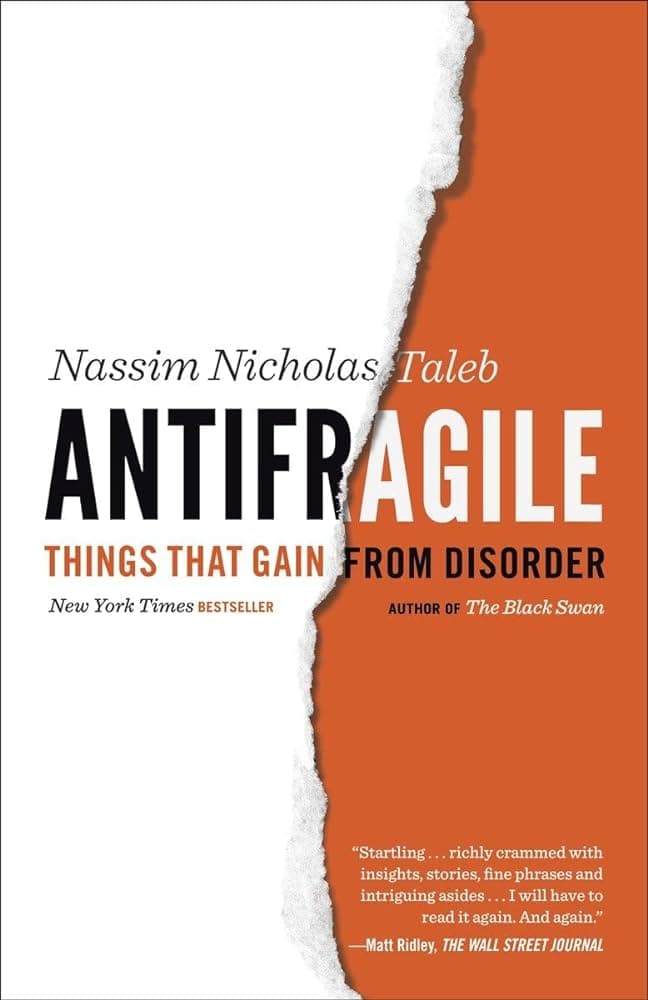
Antifragile: Things That Gain from Disorder
"Antifragile: Things That Gain from Disorder" by Nassim Nicholas Taleb is a groundbreaking exploration of systems and entities that thrive and grow stronger in the face of stress, volatility, and chaos. Taleb introduces the concept of "antifragility," which goes beyond resilience or robustness. Through a mix of philosophy, practical wisdom, and real-world examples, Taleb illustrates how embracing uncertainty and leveraging disorder can lead to success and innovation. This book is essential for anyone interested in risk management, personal development, and understanding how to benefit from uncertainty and change.
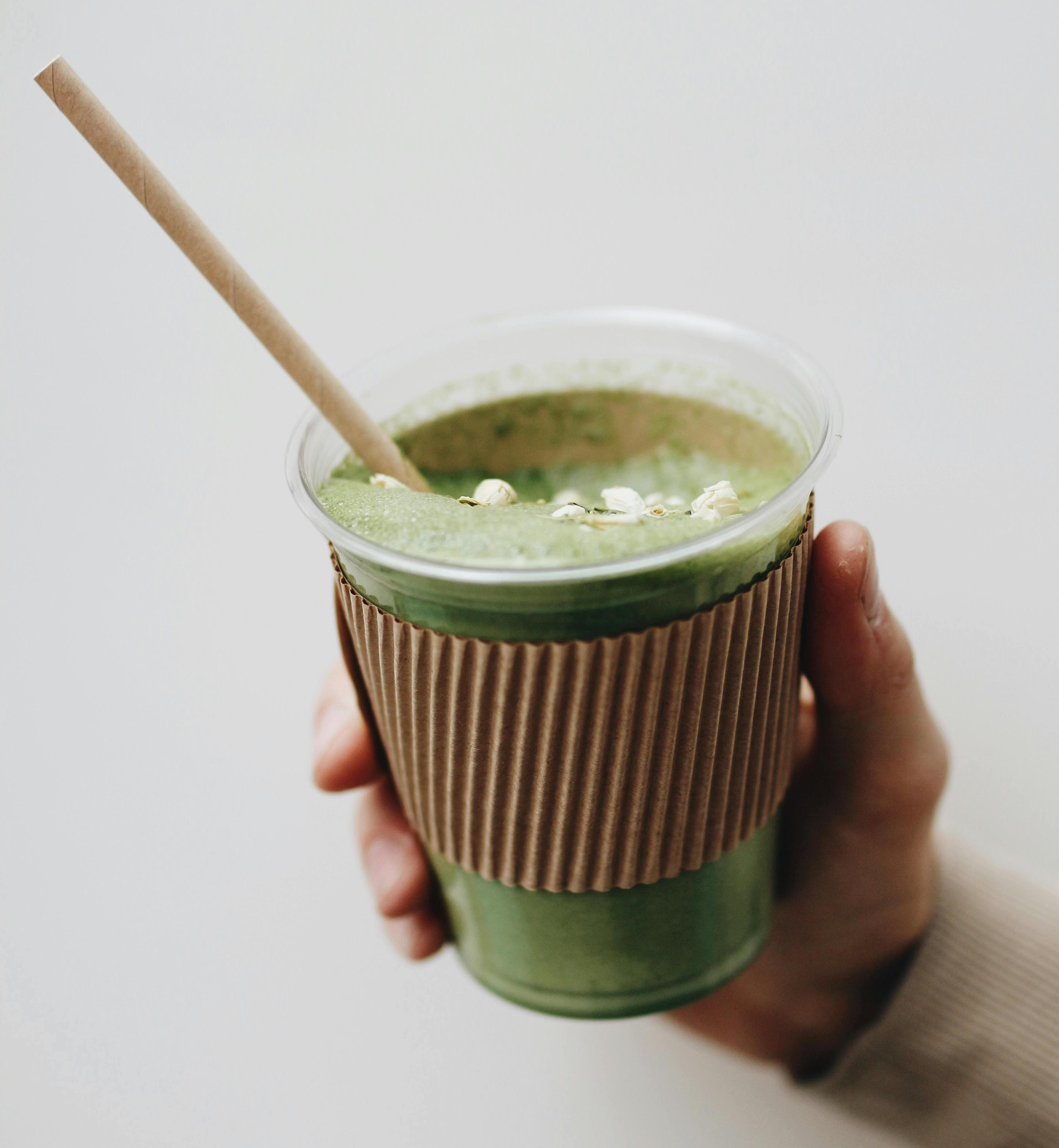
Matcha Tea
Matcha tea is a smooth, vibrant green beverage made by whisking finely ground green tea leaves into hot water. Unlike regular green tea, where the leaves are steeped and removed, matcha is fully consumed, which gives it a fuller body and a richer, more complex flavor. The taste is a blend of grassy freshness, gentle bitterness, and a deep, savory umami that lingers pleasantly. High-quality matcha can be surprisingly sweet and creamy, while lower grades tend to be more astringent. Preparing matcha is as much about the process as it is about the drink itself. The powder is first sifted into a bowl to break up any clumps, then a small amount of hot water—usually around 80°C—is added. Using a bamboo whisk, called a chasen, the tea is briskly whisked in a zigzag motion until a layer of fine, soft foam forms on top. This foam not only looks appealing but also softens the tea’s natural bitterness, creating a silky texture and smooth mouthfeel. There are two primary styles of matcha tea: usucha and koicha. Usucha, or thin tea, is lighter and frothy, offering a refreshing and balanced flavor—this is the kind you’ll often find at cafés or casual settings. Koicha, or thick tea, uses more powder and less water, resulting in a dense, velvety texture with a bold, concentrated taste. Koicha is typically reserved for formal tea ceremonies, where the ritual of preparing and drinking it becomes a slow, meditative experience. The tea’s striking green color comes from how the tea plants are grown. For several weeks before harvest, the plants are shaded from sunlight, which boosts their chlorophyll content and preserves amino acids like theanine. This process enhances the tea’s umami flavor while reducing bitterness. It’s also what gives matcha its calming effect despite containing caffeine—the theanine promotes a sense of focused relaxation, making it popular with those seeking gentle alertness rather than the jittery kick of coffee. Though matcha has deep roots in Japanese tea culture, where it’s long been associated with mindfulness and simplicity, it’s found new life in modern drinks like lattes, iced teas, and smoothies. Whether enjoyed during a traditional tea gathering or as part of a morning ritual at home, drinking matcha is about more than just taste—it’s a small, calming moment of pause in a busy day.

Ireland
Ireland is a small country with a big presence. Its capital, Dublin, is a lively city known for its mix of history, culture, and modern energy. Walk through the streets and you’ll find Georgian buildings, contemporary architecture, and plenty of places to hear live music or have a chat over a coffee—or a pint. The country has changed a lot over the past few decades. Once more rural and conservative, modern Ireland is progressive and increasingly diverse. It's known for its strong economy, driven in part by tech and finance companies that have set up shop in Dublin. But away from the business districts, life moves at a slower pace, especially in smaller towns and the countryside. Culture runs deep. Ireland has long punched above its weight in literature, music, and the arts. Writers like James Joyce and W.B. Yeats are still celebrated, but contemporary authors, filmmakers, and musicians continue to make their mark. Traditional Irish music hasn’t faded—it just sits comfortably alongside modern genres, often blending with them in interesting ways. Dance, especially the kind popularized by Riverdance, remains part of the cultural fabric without feeling forced or overly nostalgic. Food in Ireland has shifted from its meat-and-potatoes reputation. While hearty stews and fresh-baked bread are still common, there’s been a focus on fresh, local ingredients and creative cooking. In coastal areas, you’ll find top-quality seafood, and farmers' markets are popular across the country. Sport plays a big part in daily life. Gaelic games like football and hurling are uniquely Irish and deeply connected to local pride, but people follow soccer, rugby, and golf with just as much enthusiasm. While Ireland’s landscape is famous—green fields, dramatic coastlines, and rugged hills—it’s not just postcard scenery. Many people live in suburban areas, and the country has seen growing urban development. Still, nature is never far away. Ireland’s recent history includes both economic highs and lows, as well as major social changes. The country has legalized same-sex marriage, eased restrictions on abortion, and shifted away from the strong influence of the Catholic Church. Yet, traditional values like community and hospitality haven’t disappeared—they’ve just adapted to a changing world. At its core, Ireland is a place that blends the old with the new. It’s a country where centuries-old traditions coexist with modern ideas, where the past is present but doesn’t overshadow the future.
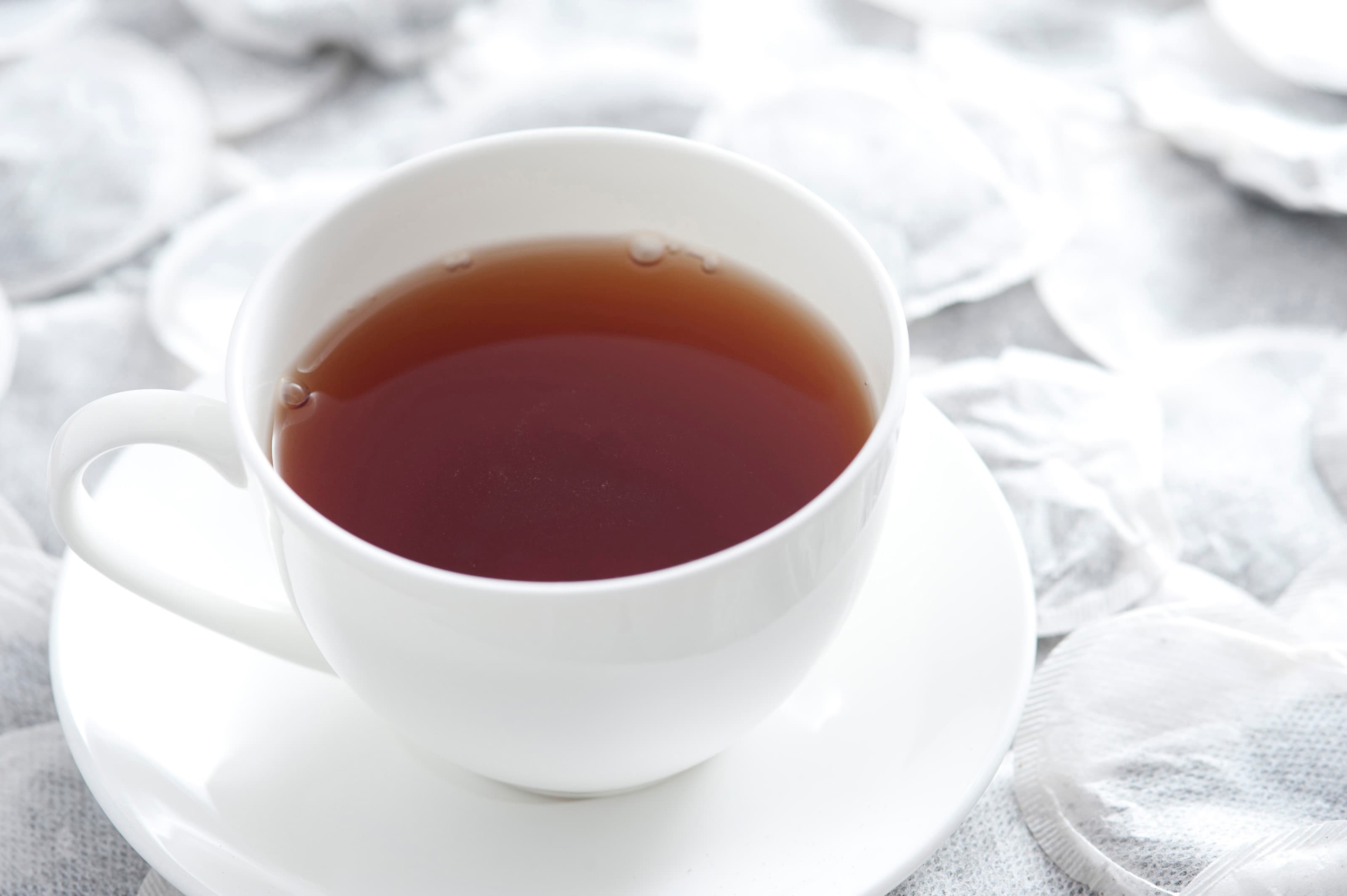
Black Tea
Black tea is the kind of drink that’s been around for ages, traded across continents, sipped at fancy afternoon teas, and downed in travel mugs on rushed mornings. It comes from the Camellia sinensis plant, just like green and white tea, but what sets it apart is the full oxidation of the leaves. That process turns them dark and gives black tea its deep reddish-brown color when brewed, along with that strong, punchy flavor that can be malty, smoky, fruity, or floral—depends on where it’s from and how it’s made. There are loads of varieties. Assam from India is bold and malty—perfect with a splash of milk. Darjeeling, often called the "champagne of teas," is lighter, floral, and sometimes a bit fruity. If you’re in the mood for something smoky, Lapsang Souchong from China tastes like someone brewed tea in a campfire—but in a good way. Ceylon from Sri Lanka strikes a nice balance—brisk and refreshing. The cool thing is, black tea keeps its flavor for years, unlike green tea that goes dull after a while, which made it ideal for long trade journeys back in the day. Brewing a cup is simple. Boil water (none of that lukewarm stuff), pour it over the tea leaves—or a tea bag if you’re in a hurry—and let it steep for 3 to 5 minutes. Go shorter if you like it mellow, longer if you’re after that strong kick. Milk and sugar? Sure, if that’s your thing. Lemon works too. Or just drink it plain and let the flavors do their thing. There’s something calming about it—the steam curling up from the cup, the earthy smell filling the room, the first warm sip hitting just right, like a hug in a mug. Whether you’re having a slow morning, taking a break in the afternoon, or catching up with a friend over a pot of it, black tea’s got that comforting, no-fuss charm. It’s simple, really—just leaves and water—but somehow, it always feels like a little ritual.
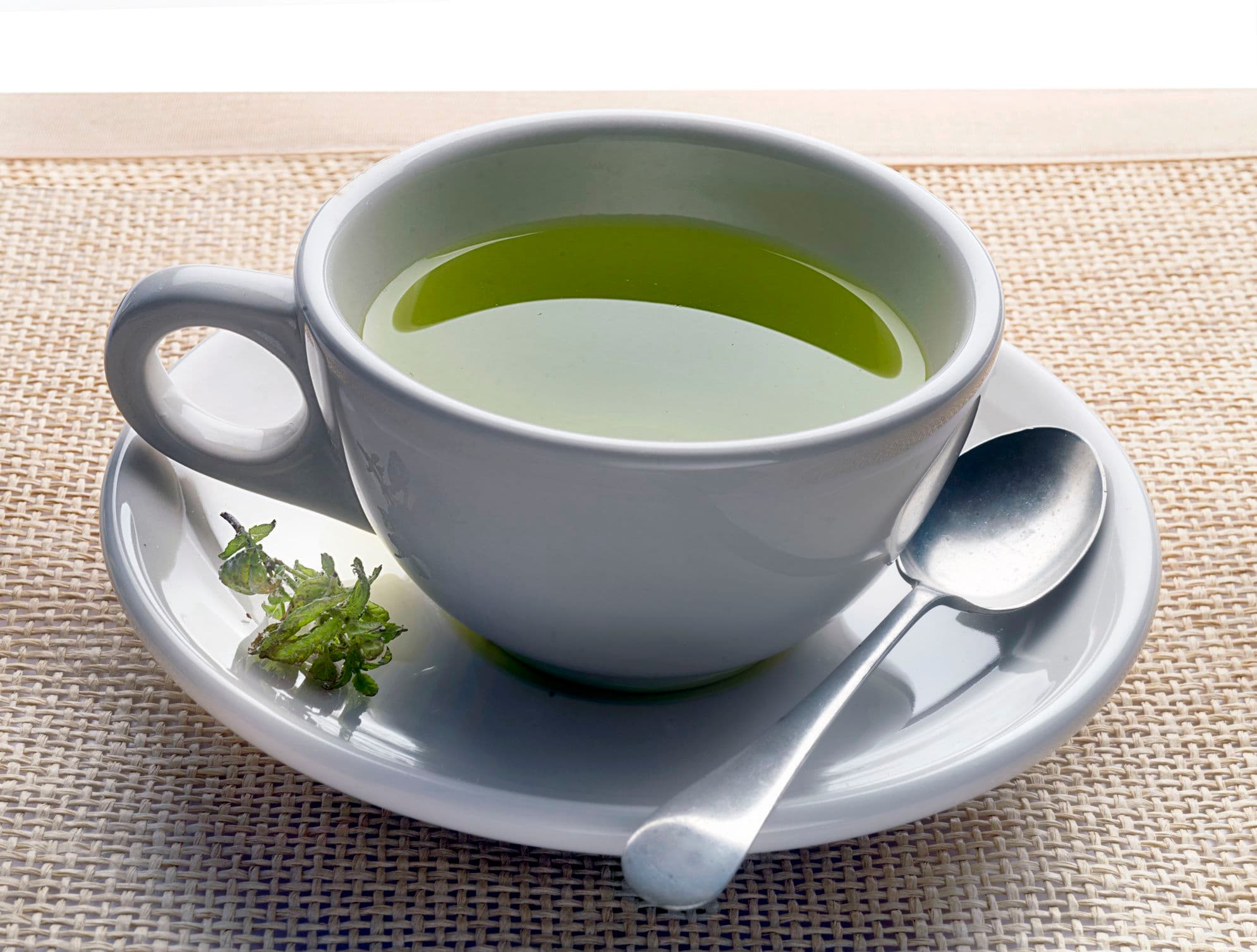
Green Tea
Green tea is a type of tea made from the leaves of the Camellia sinensis plant. Unlike black or oolong teas, green tea is made by heating the leaves soon after picking to prevent oxidation. This keeps the leaves green and gives the tea its fresh, grassy taste. It originally came from China but is now popular across East Asia, especially in Japan, Korea, and Vietnam. There are many kinds of green tea, depending on where it's grown, how it's processed, and when it's harvested. For example, Japan’s sencha is steamed, giving it a bright green color and a sweet flavor, while China’s longjing is pan-fired, making it more toasty and mellow. Making a cup is simple: just steep the leaves in hot water, but not boiling—usually around 70–80°C (160–175°F)—for a couple of minutes. If the water is too hot or you steep it too long, the tea can taste bitter. Green tea has been linked to many health claims, but the evidence is mixed. It does have some caffeine, though less than coffee, and contains antioxidants called catechins. People drink it for various reasons—some like the taste, some believe it helps with focus, and others just enjoy the ritual of making it. In the end, green tea is just a straightforward drink that’s been around for ages. Some people love it, some don’t—it’s really about what suits your taste.
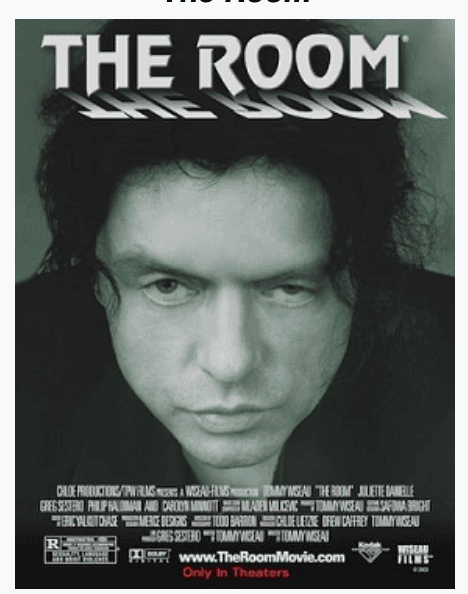
The Room
The best movie, hands down ever, by the greatest director Tommy Wiseau. A classic masterpiece produced in 2003 is still watched in theaters today. Now that is longevity!
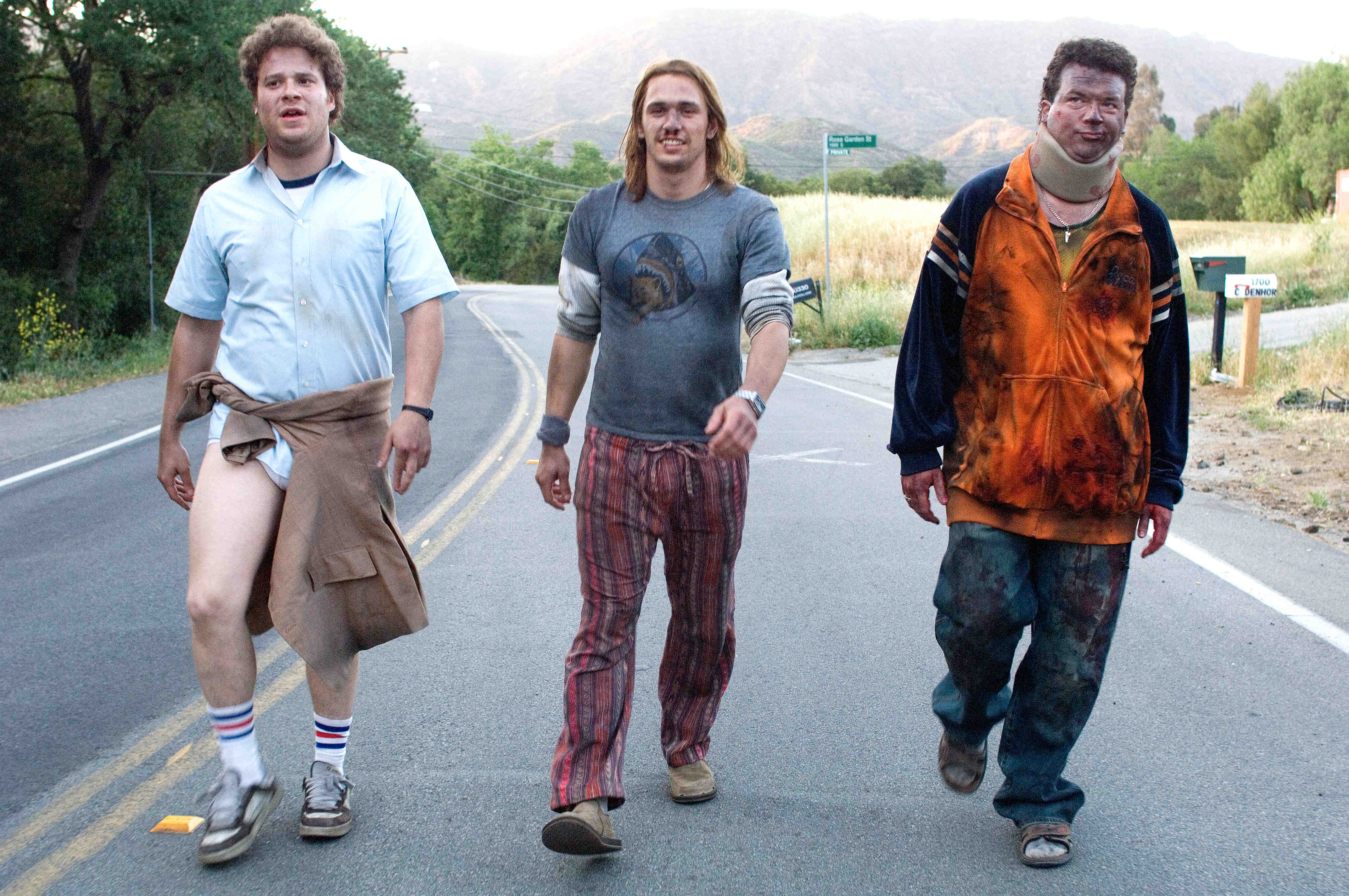
Pineapple Express
A process server and his marijuana dealer wind up on the run from hitmen and a corrupt police officer after he witnesses his dealer's boss murder a competitor while trying to serve papers on him.

Get Him to the Greek
"Get Him to the Greek" is a 2010 movie about a young guy named Aaron who works for a music company. His big job is to bring Aldous Snow, a famous but troubled rock star, from London to a concert in Los Angeles. It sounds simple, but it turns out to be a wild ride. Aaron has to deal with Aldous's crazy life and keep him on track to make it to the concert on time. The main actors are Jonah Hill, who plays Aaron, and Russell Brand, who plays Aldous Snow. They get into all kinds of funny and crazy situations as they try to make it to the concert.
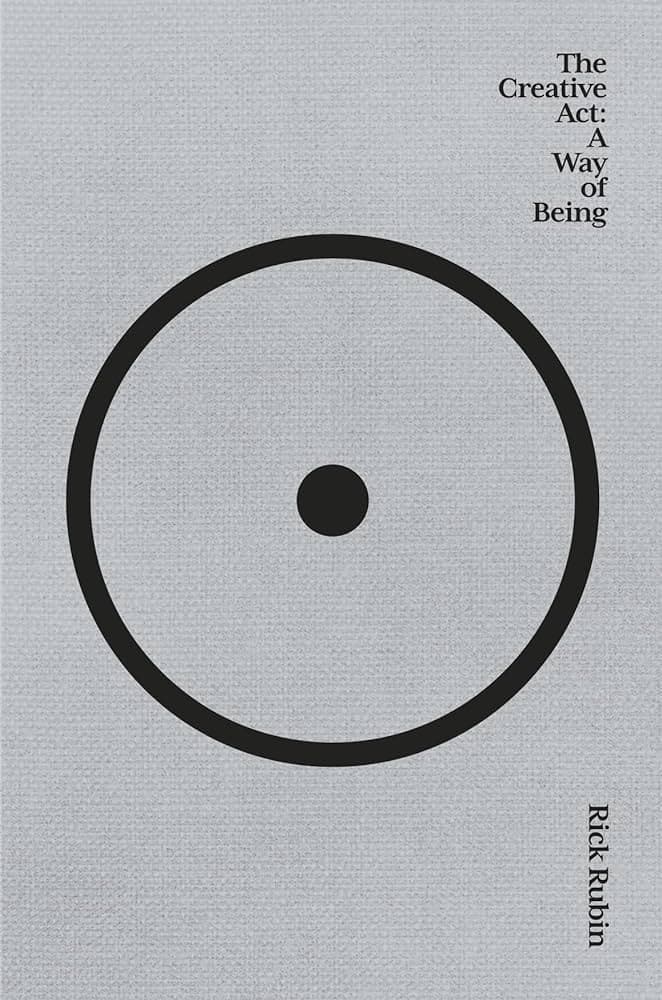
The Creative Act
“I set out to write a book about what to do to make a great work of art. Instead, it revealed itself to be a book on how to be.” —Rick Rubin
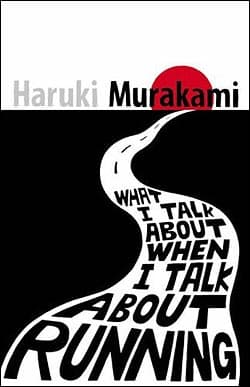
What I Talk About When I Talk About Running
What I Talk About When I Talk About Running is a memoir by Haruki Murakami where he talks about two things that define a big part of his life: running and writing. Murakami didn’t always plan on being a novelist. He was running a jazz bar in his twenties when, while watching a baseball game, he suddenly thought, “I could write a novel.” He gave it a shot, it worked out, and he eventually sold his bar to focus on writing full-time. But sitting at a desk all day, smoking and not moving much, wasn’t doing his health any good. That’s when he picked up running. For Murakami, running is more than just exercise—it’s part of his routine and, in a way, a metaphor for writing. Both take endurance. Both are long hauls where you push yourself day after day, even when you don’t feel like it. The book follows him as he trains for marathons, competes in triathlons, and grapples with the slow decline of his physical abilities as he ages. He talks a lot about acceptance—accepting getting older, accepting bad race times, and accepting that sometimes you just don’t do as well as you hoped. His attitude is basically: That’s life. You move on. The writing style is straightforward, like he’s just talking to you over a coffee. He doesn’t dress things up. Sometimes he rambles, mentioning things like cycling habits or going off on tangents about global warming. At one point, he describes running the original marathon route in Greece—sun blazing, salt stinging his eyes, everything uncomfortable. But through it all, there’s this calm acceptance. He’s not trying to convince anyone to run; he just shares what it means to him. By the end, what sticks isn’t just the running or the writing, but the way he embraces both the highs and the lows—the post-race blues, the joy of finishing, and the satisfaction of something as simple as a cold beer after a long run. It’s a book about effort, routine, and learning to keep going, no matter what.
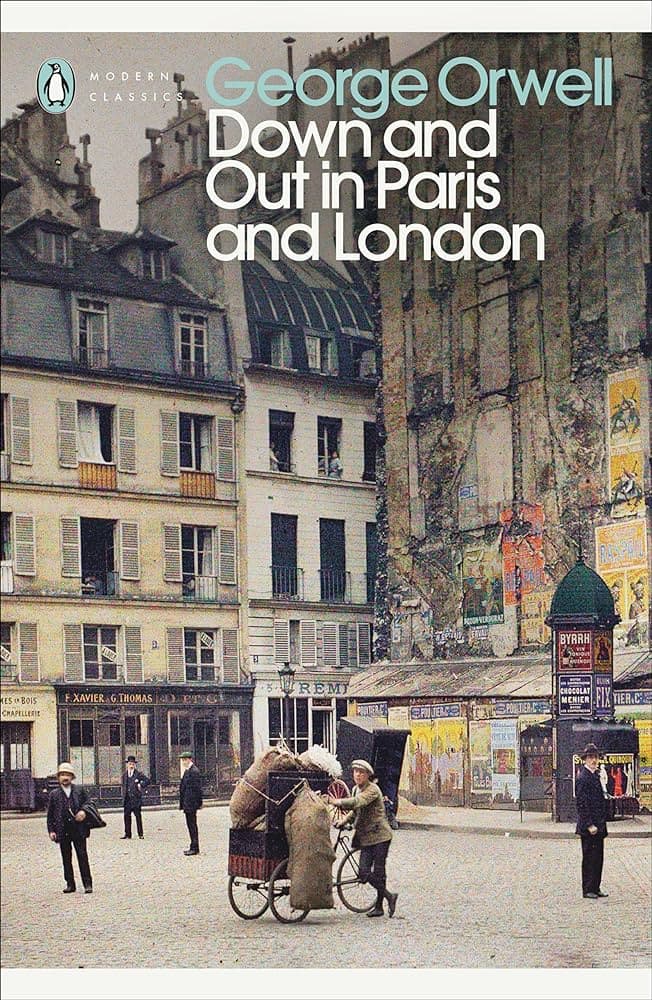
Down and Out in Paris and London
by George Orwell an expedition into who people are and what life is
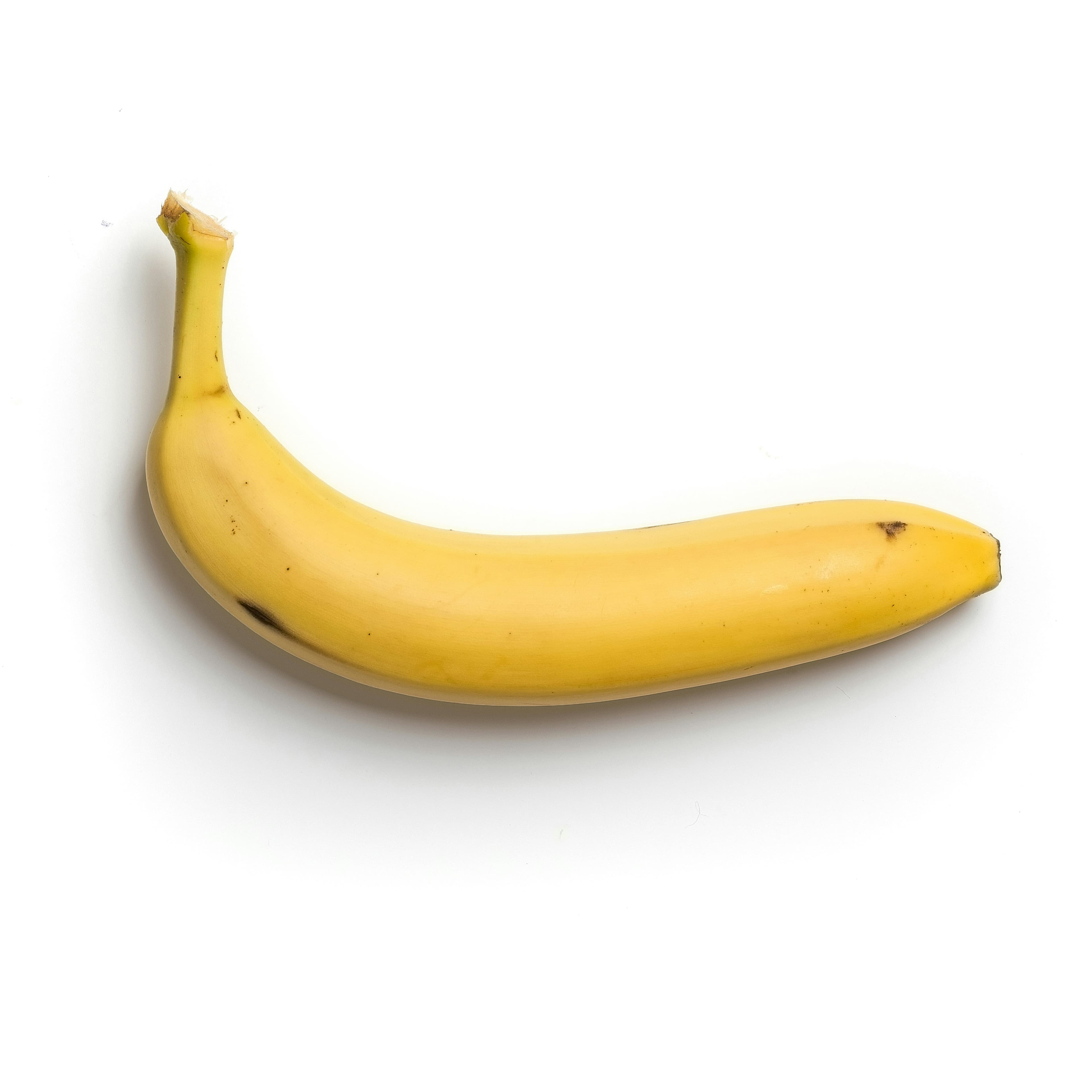
Banana
Behold, the atheists' nightmare. Now if you study a well-made banana, you'll find, on the far side, there are 3 ridges. On the close side, two ridges. If you get your hand ready to grip a banana, you'll find on the far side there are three grooves, on the close side, two grooves. The banana and the hand are perfectly made, one for the other. You'll find the maker of the banana, Almighty God, has made it with a non-slip surface. It has outward indicators of inward contents - green, too early - yellow, just right - black, too late. Now if you go to the top of the banana, you'll find, as with the soda can makers have placed a tab at the top, so God has placed a tab at the top. When you pull the tab, the contents don't squirt in your face. You'll find a wrapper which is biodegradable, has perforations. Notice how gracefully it sits over the human hand. Notice it has a point at the top for ease of entry. It's just the right shape for the human mouth. It's chewy, easy to digest and its even curved toward the face to make the whole process so much easier.
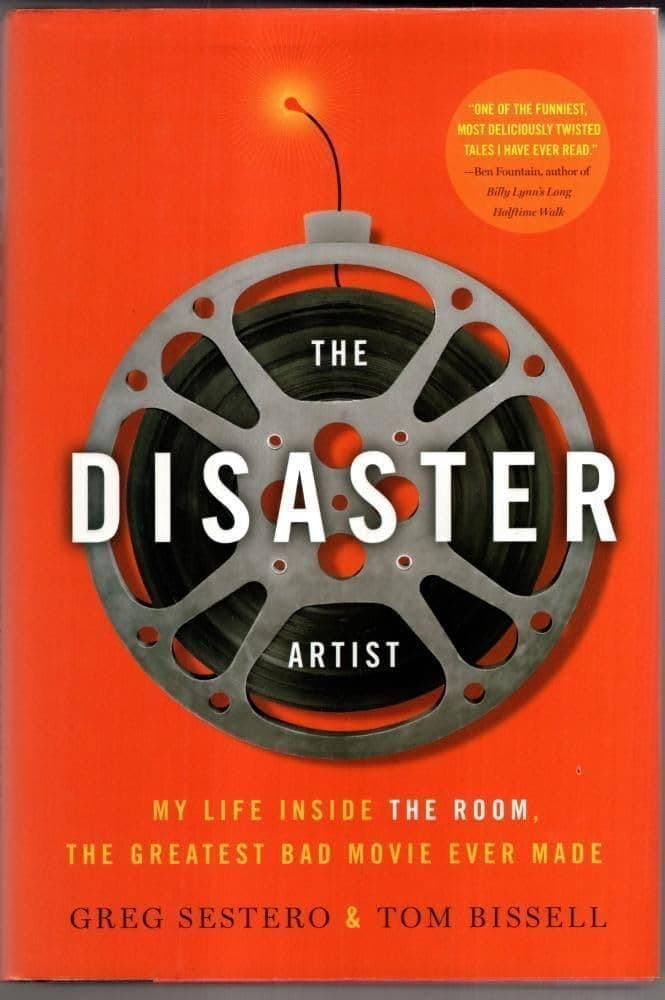
The Disaster Artist
The best book about the best director in the world. It was such a great book it was adapted into a movie. Bet the other books on this list can't say that!
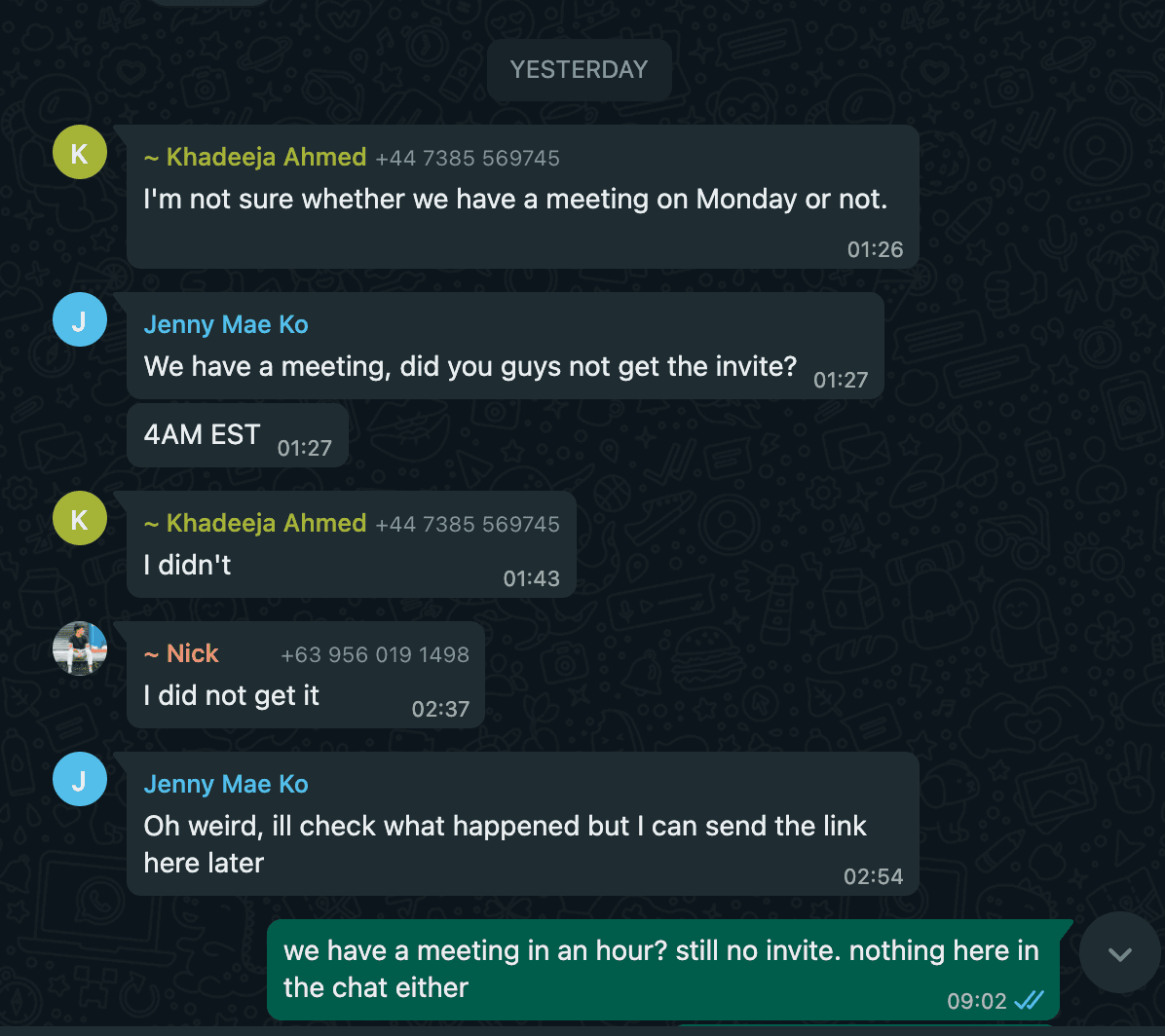
Pioneer Academics
-They will not pay you for your work if they can get away with it -They are an administrative nightmare behind the scenes. I would be expected to be on call 24/7 and to be responsive at all times, because sometimes meetings would be scheduled less than an hour before it was supposed to happen -they are very patronizing, discriminatory, and treat you like you are a disposable employee and unintelligent and incapable of doing your job -no career opportunities here. You start in one place and will be stuck there
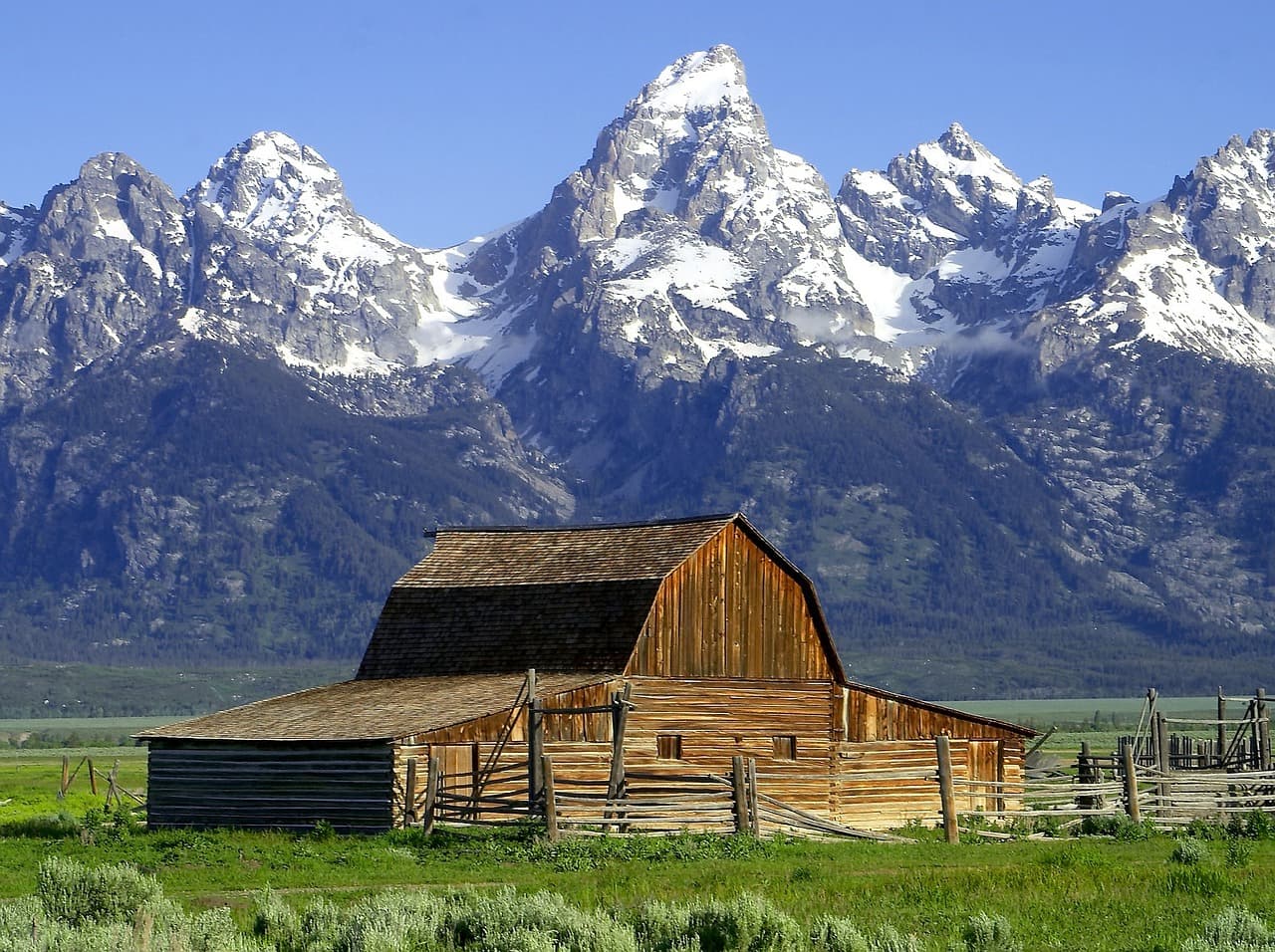
Wyoming
The most rectangular of them all. But seriously, it's a great state! Lots and lots of nature, plenty of mountains and bisons. It is also home to Yellowstone National Park, the first national park in the U.S.
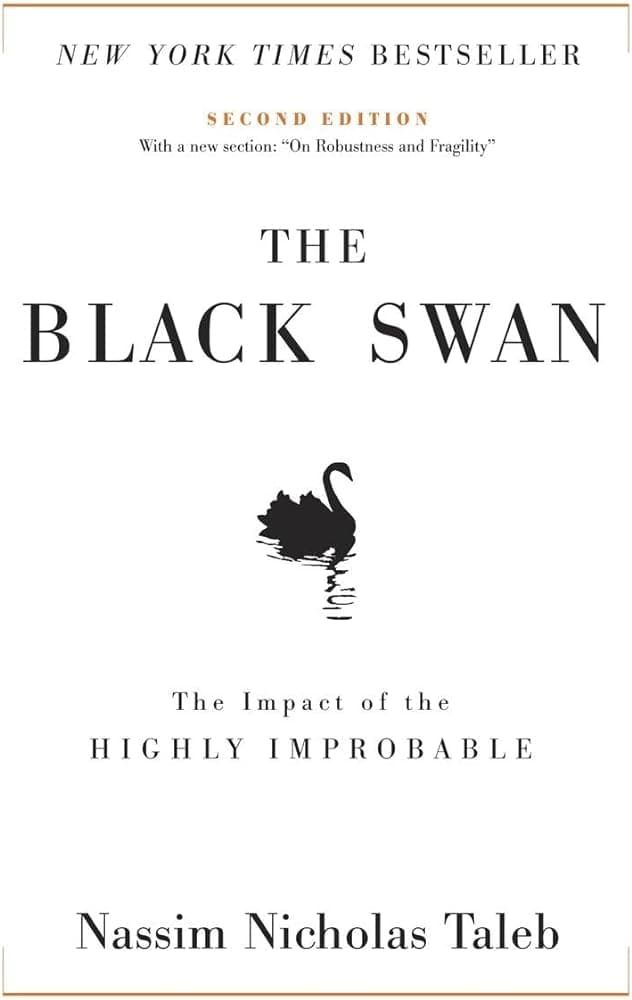
The Black Swan by Nassim Nicholas Taleb
Skin in the Game may be nice but The Black Swan is the OG Nicholas Taleb. Read this book to learn how to think and avoid biases and reread at least once very couple of years.

Forever Young
May your wishes all come true May you always do for others And let others do for you May you build a ladder to the stars And climb on every rung May you stay forever young Forever young, forever young May you stay forever young. May you grow up to be righteous May you grow up to be true May you always know the truth And see the light surrounding you May you always be courageous Stand upright and be strong May you stay forever young Forever young, forever young May you stay forever young. May your hands always be busy May your feet always be swift May you have a strong foundation When the winds of changes shift May your heart always be joyful And may your song always be sung May you stay forever young Forever young, forever young May you stay forever young.

You're Gonna Make Me Lonesome When You Go
But I’ll see you in the sky above, In the tall grass, in the ones I love, You're gonna make me lonesome when you go.
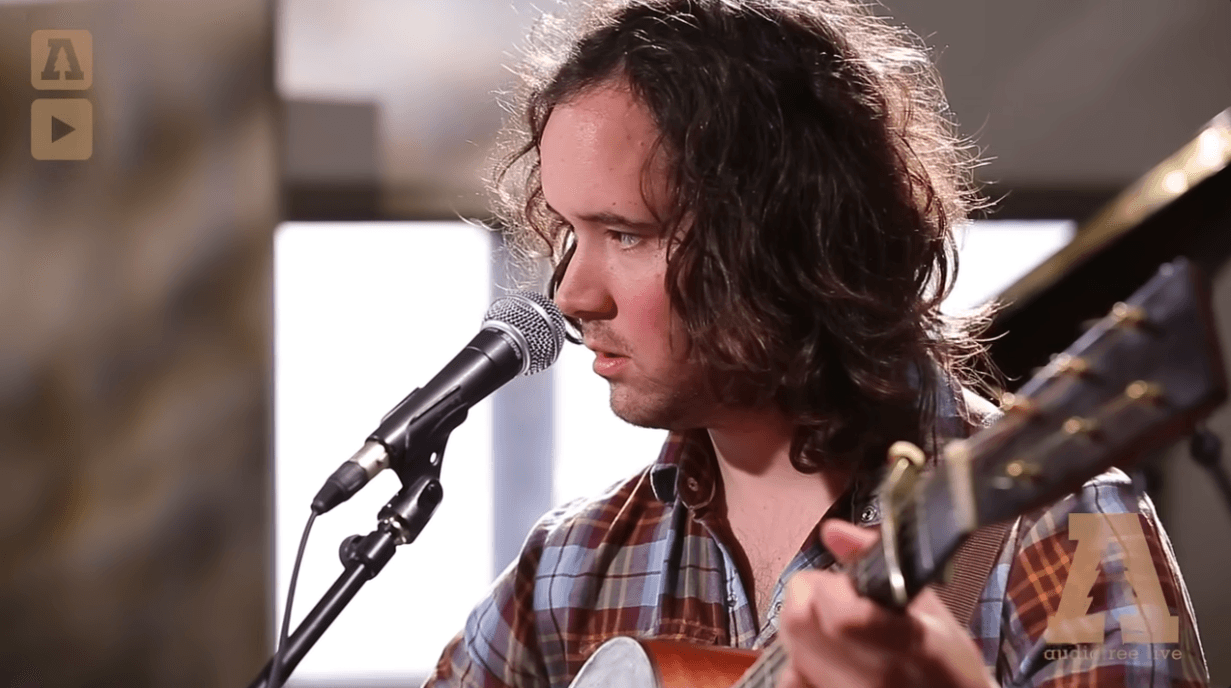
Spanish Boots of Spanish Letter (cover)
Woah woah, I know: Does a cover even count? If it's this good (Watchhouse FKA Mandolin Orange) it sure does.
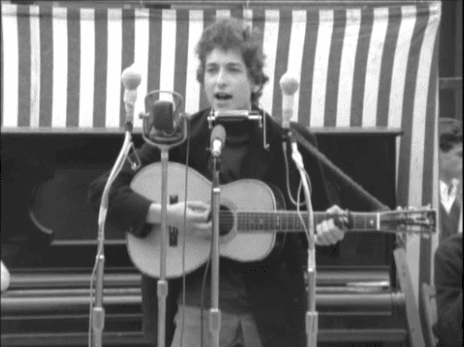
Mr. Tambourine Man
Take me on a trip upon your magic swirling ship. Live at the Newport Folk Festival. 1964

Poland
Poland sits in Central Europe, stretching from the Baltic Sea in the north to mountains in the south. It shares borders with Germany to the west, Lithuania and Russia to the northeast, and several other countries along the east and south. Its landscape is a mix—flat plains in the center and north, and hilly or mountainous areas in the south. The coastline along the Baltic Sea is known for sandy beaches and coastal ridges. Inland, there are thousands of lakes, especially in the northeast, and big rivers like the Vistula and Oder cut across the land. The weather is temperate. Summers are warm, winters moderately cold. Rain tends to fall more during the summer months, and winters are becoming drier over time. Poland has deep roots in European history. It became a kingdom in 1025, later forming a powerful union with Lithuania. The Polish–Lithuanian Commonwealth was once one of Europe’s biggest states, with a unique political system. Poland's fortunes shifted in the late 18th century, when its neighbors carved it up, erasing it from maps for over a century. It re-emerged after World War I, only to be invaded at the start of World War II—a conflict that brought devastation and the horrors of the Holocaust. After the war, Poland fell under Soviet influence, but by 1989, it was the first Eastern Bloc country to shake off communism, thanks largely to the Solidarity movement. Today, Poland is a democratic country with a population of over 38 million. Warsaw, the capital, is the largest city. Others like Kraków, Gdańsk, and Wrocław are known for historic centers and vibrant culture. The economy is strong, with Poland being one of the larger economies in the European Union. Nature lovers come for places like the Tatra Mountains or the ancient Białowieża Forest, home to Europe’s largest land mammal—the European bison. There are 23 national parks, and over 17 sites are recognized as UNESCO World Heritage locations, from medieval town squares to the haunting Auschwitz-Birkenau memorial. Culturally, Poland has a rich tradition of music, literature, and art. Composer Frédéric Chopin and novelist Joseph Conrad both came from here. More recently, Poland’s fantasy literature, like Andrzej Sapkowski’s The Witcher series, has found global fame. Polish cuisine is hearty, with dishes like pierogi (dumplings), bigos (a cabbage and meat stew), and żurek (sour rye soup). Vodka has its roots here, but beer and wine are also popular. Sports are big in Poland—football (soccer) is a national passion, though volleyball and speedway racing attract large crowds too. The country also boasts top tennis players like Iga Świątek and mountaineers who’ve climbed the world’s highest peaks. Despite its complicated past, Poland today balances its historical heritage with modern growth. Old town squares sit beside new buildings, and traditions are kept alive alongside a fast-developing economy and infrastructure.

Papillon
The Papillon is a small, friendly, elegant toy dog with a fine boned structure. He is light and dainty, yet still lively, and is distinguished from other breeds by his beautiful, butterfly-like ears. They are known to be happy and alert little dogs that are not shy or aggressive. The breed must be either part-color or white with patches of any color.




